WWII Variants, Other Than Tanks, Based on the Sherman: The Main being TDs like the M10 and M36
Tank Destroyers: Tank Hunters, Failed Role, Successful Killers
They did great things but the whole idea was bad. The TD Battalions of the US Army had very good combat records, but the whole concept was flawed. The idea of holding back battalion-size units to be rushed in to fight the tanks in a major attack just didn’t work in practice, and since the US Army was on the attack most of the time, the TD units ended up being used a lot like the separate Tank Battalions, just not as good at it.
The Vehicles themselves proved useful and often found themselves attached to Tank Divisions, and used in ways never planned for, like direct infantry support.
M10: The First M4 Based TD to See Combat.
Click the link above for a dedicated page on the M10. ↑

M10: The First Good American TD
The M10 was a tank destroyer mounting a 3-inch anti-tank gun. It used the M4A2 chassis with the GM 6046 to power it. These tanks only had an M2 .50 caliber machine gun other than their main gun. The turret lacked a power traverse. It had a five-man crew and was generally liked by its crew. The American TD force was deemed a failure, but not because the men or vehicles performed badly, it was the doctrine that failed to pan out, the battalions themselves performed well overall. It was used until the end of the war, and many TD battalions preferred it over the faster M18. The TDs lacked a co-ax machine gun, this and their open-top made them more vulnerable to infantry than a tank. Even so, these units were often given tank missions. The open-top did offer a big advantage in finding any enemy tanks to shoot, and spotting close infantry.
One aspect of the design that shows how rushed it was, is the driver’s hatches. They were larger than the Shermans, but could not be opened or closed if the turret was forward. So the crew had to make a choice if the driver and co-driver were going to be able to see well or be buttoned, before the battle or movement. The M10 lacked a turret basket, so the driver and co-driver had an easier time getting out of the roofless turret. Like all American designs, it went through a series of upgrades through its service life. The turret was upgraded and balanced better, and the crews liked to add their own roofs. Extra machine gun mounts were a common modification. A power turret drive was never added to the tanks in US service.
The M10A1 version of this vehicle had a Ford GAA engine. There was no difference other than and minor improvements between an M10 and M10A1. Crews added on armored roofs to their turrets, often all hinged so they could open up to really see what was going on, in the field. It was not uncommon for TD units to be used as fixed artillery for several days. This was common practice in the MTO.
The M10 Turret went through several changes, the first versions were badly out of balance, and they tried to solve this by mounting the grousers for the tracks on the back of the turret. This didn’t work well and wedge-shaped counterweights were added. This helped, but eventually, the final production M10 turrets were widened, and even bigger counterweights were added with a distinct duckbill look to them. They came up with a full roof armor kit for the final turret, and a half cover for the early turrets that could be field retrofitted. In spite of these minor issues, the M10 started out popular with the troops, and never lost that affection.
The M10 and M10A1 had all the gear aboard to be used at artillery. A few TD battalions spent almost as much time as artillery as they did in their TD role. This capability was used often in Italy because the 3 inch gun on the M10 didn’t tear up the vital roads as much as the larger guns did. I would be surprised to find out the M36 didn’t have the same gear. They built 4993 M10s and 1713 M10A1s. At first, only M10 TDs were authorized for service overseas, and the M10A1, even though found to be automotively superior, was to be used in stateside training only. There was some doubt about the usefulness of the motorized TD before the Normandy landings, and production of the M10 was halted as many TD units were converted back to towed gun units or disbanded.
The M10 saw action in North Africa, Sicily, Italy, and Northern Europe, and various Pacific Campaigns, the most notable being the retaking of the Philippines. It wasn’t really until the action started after the Allies went into Normandy that it really saw a lot of anti-armor use. In the MTO the TD units spent an awful lot of time being used as artillery units, to the point they had to learn how to swap barrels on their 3-inch guns after wearing the tubes out. The M10 in northern Europe saw lots of action but was also being replaced by the M18 and M36. The M36 was very popular, the M18 was mixed, some units love it, some units refused to give up their trusty M10s. The M10 was not popular in the Pacific, the thinner armor, lack of hull and co-ax machine guns and open top made for a much easier target destroy for Japanese troops.
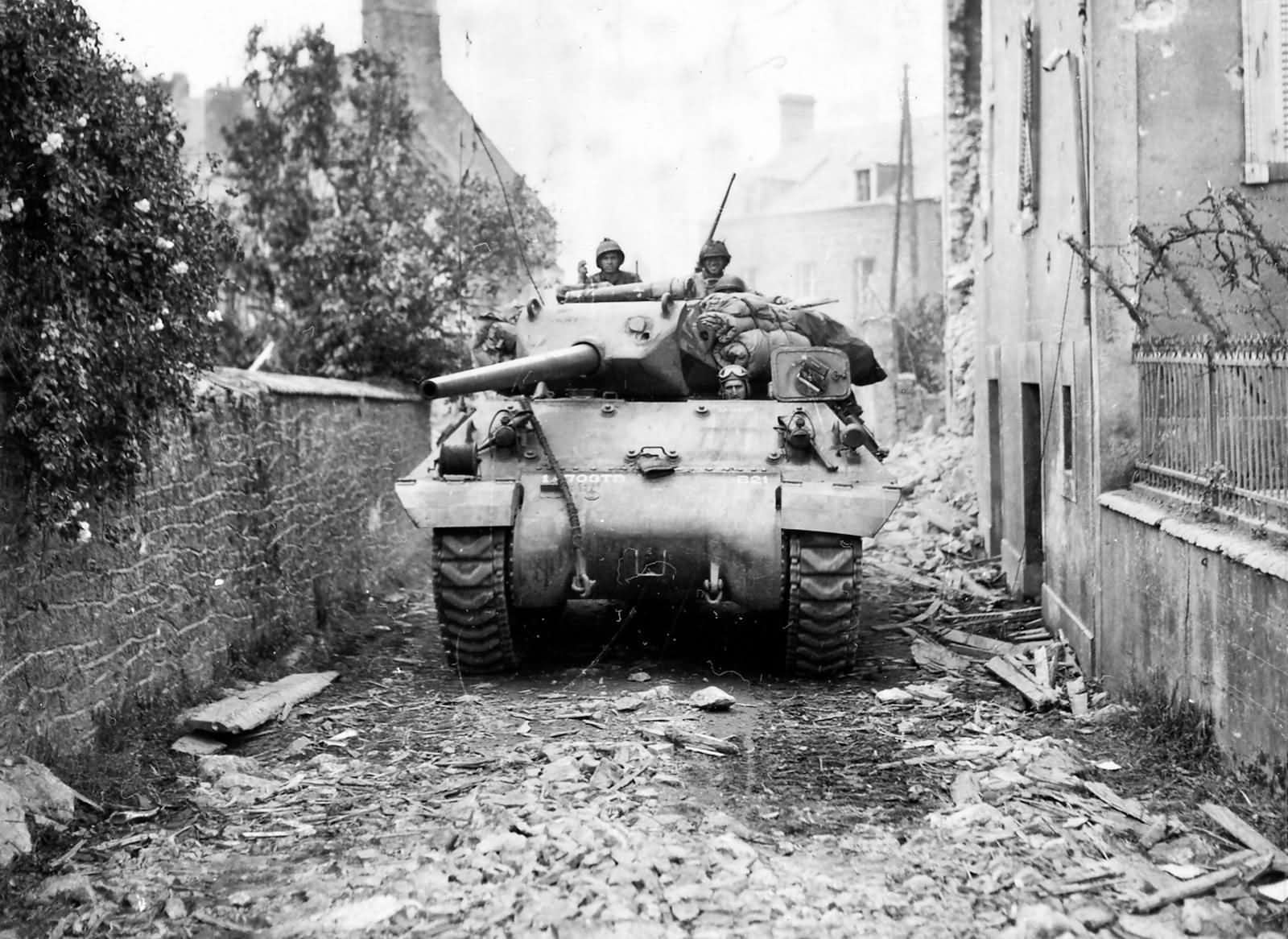
An M0 on the move in St Fromond France. The M10 is with the 703 TDB attached to the 3rd Armored Division.
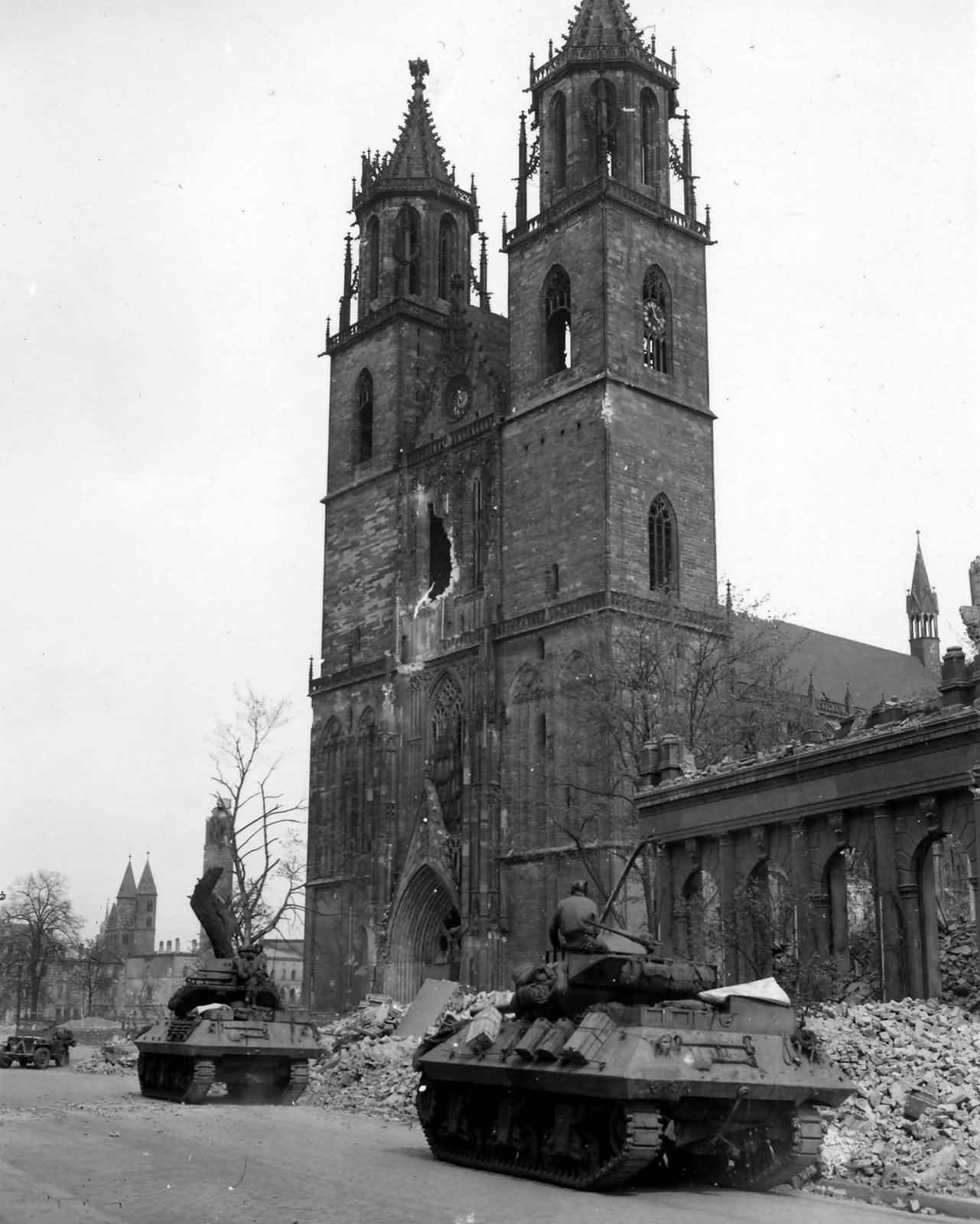
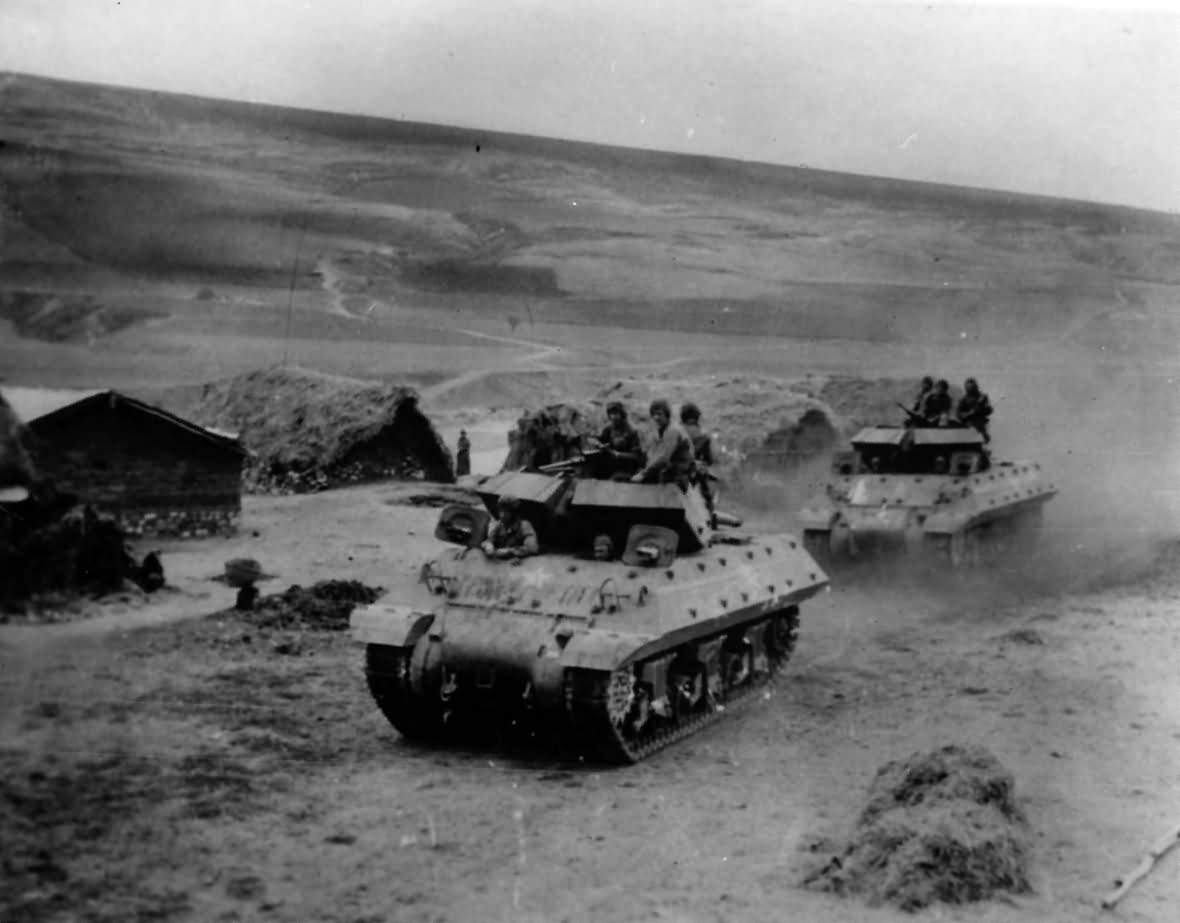
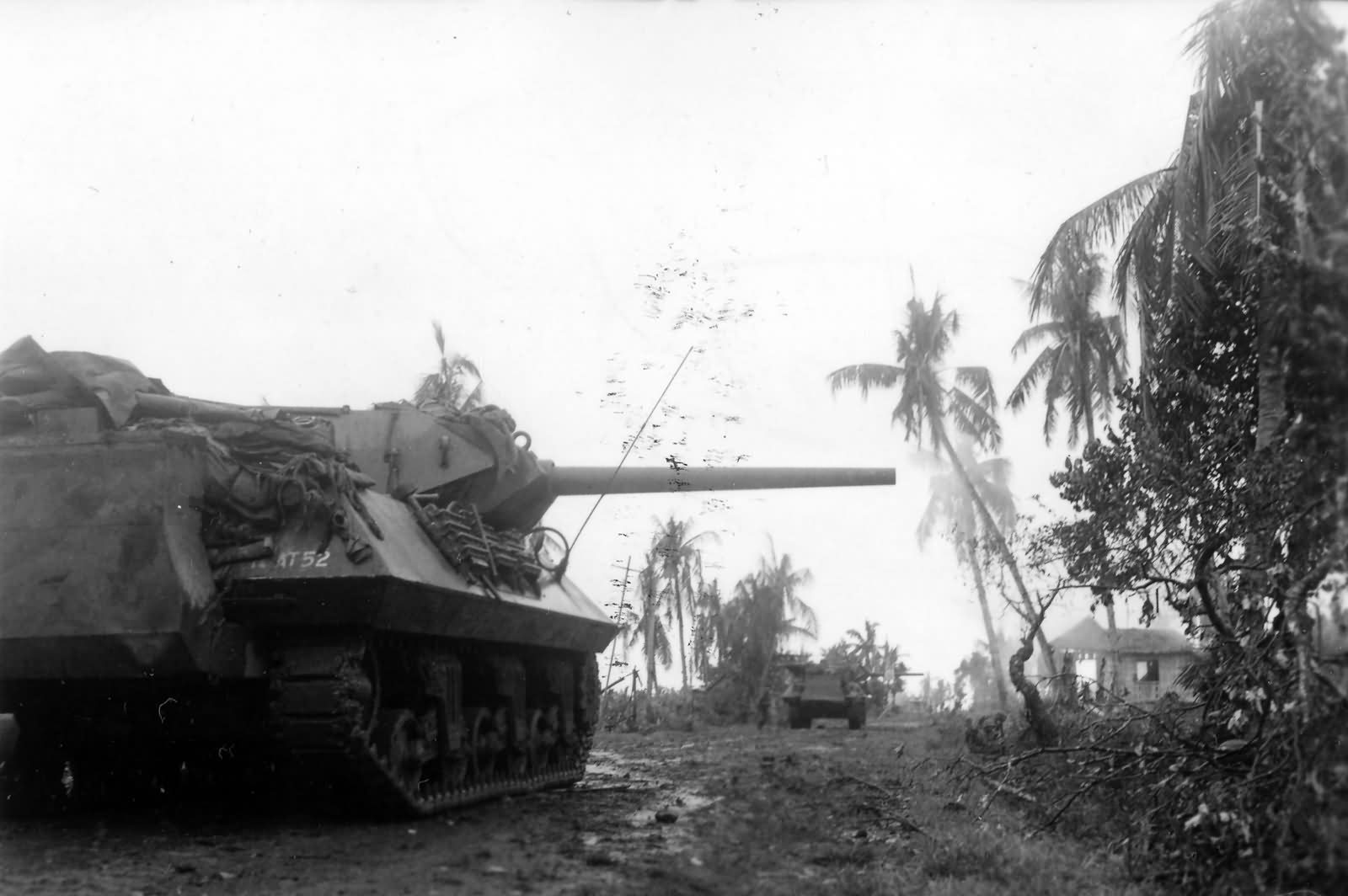
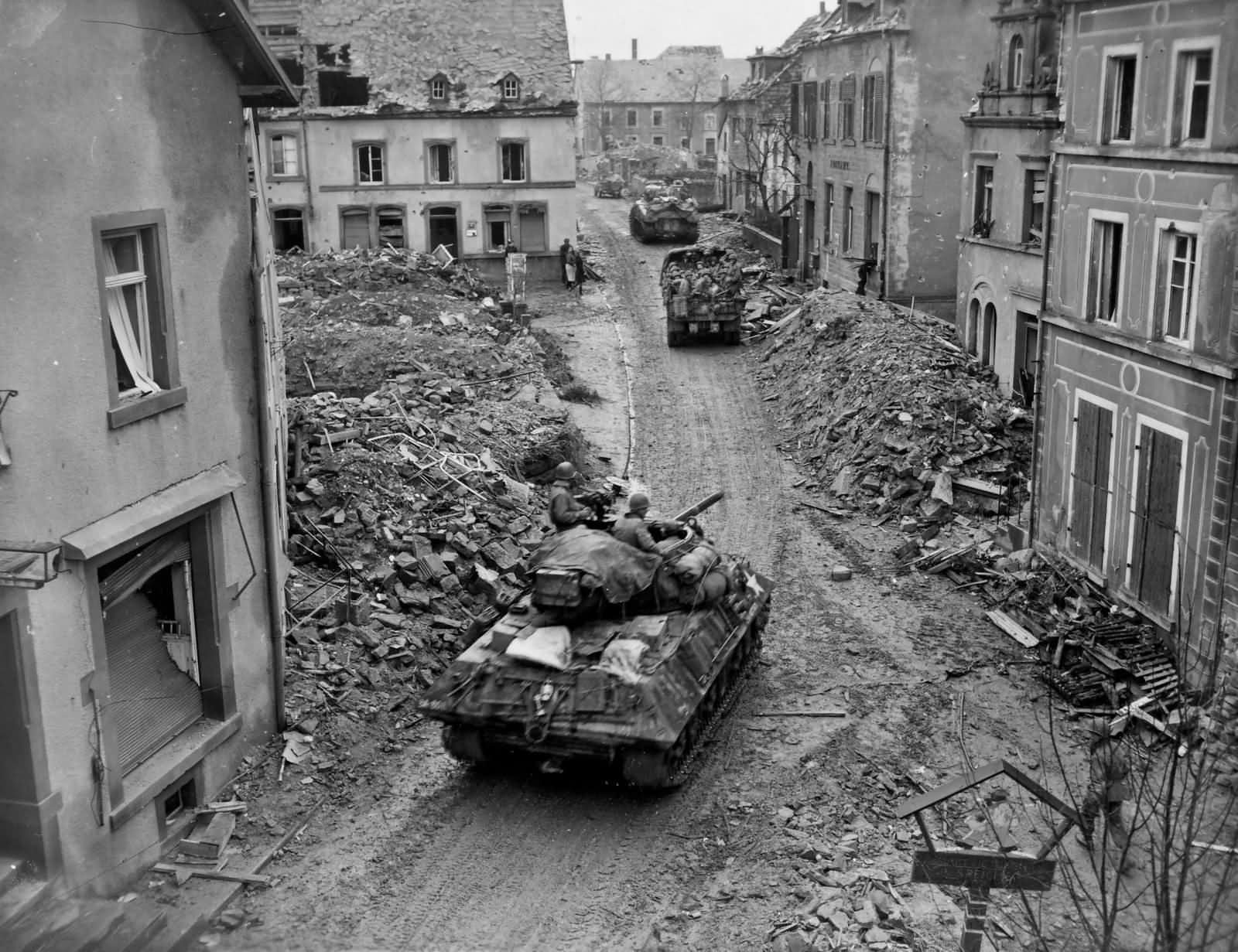
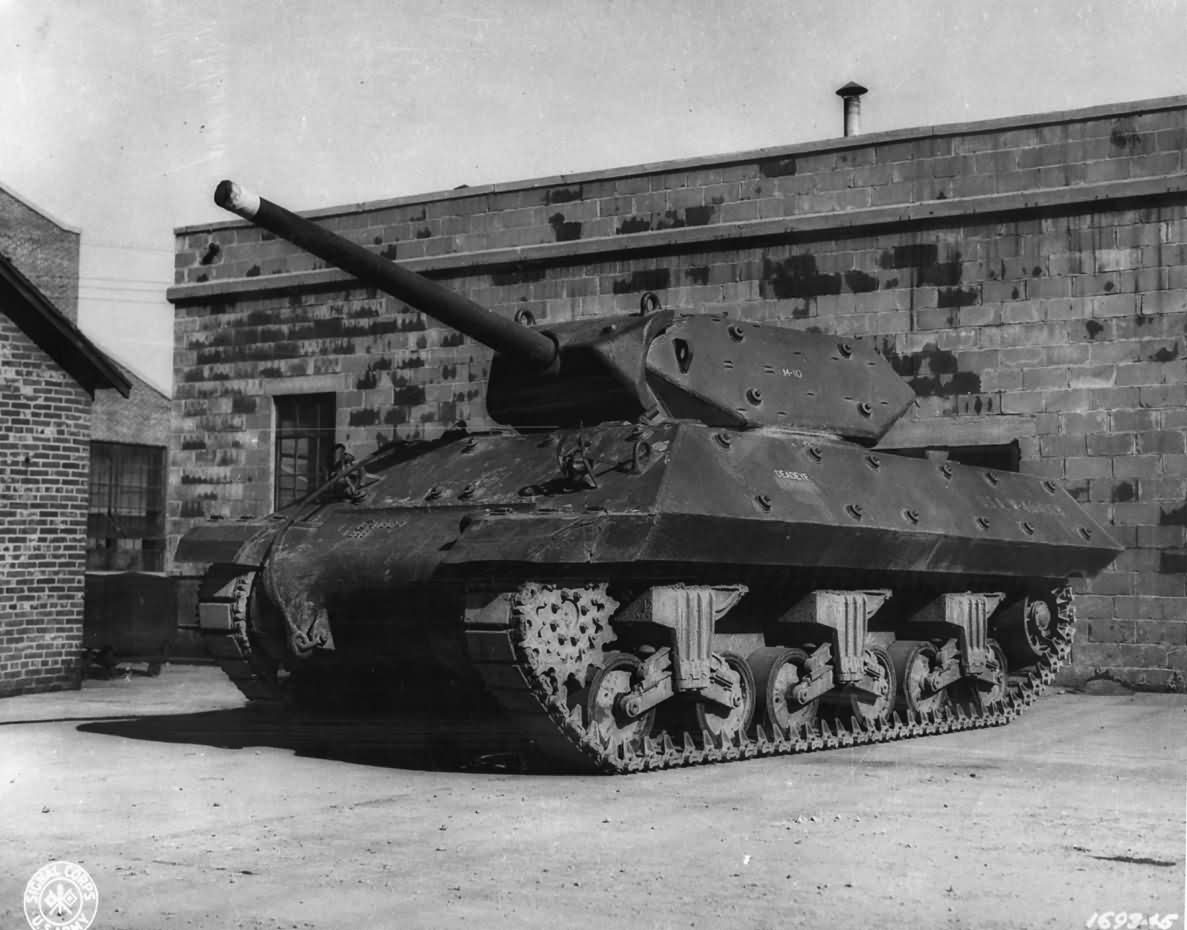
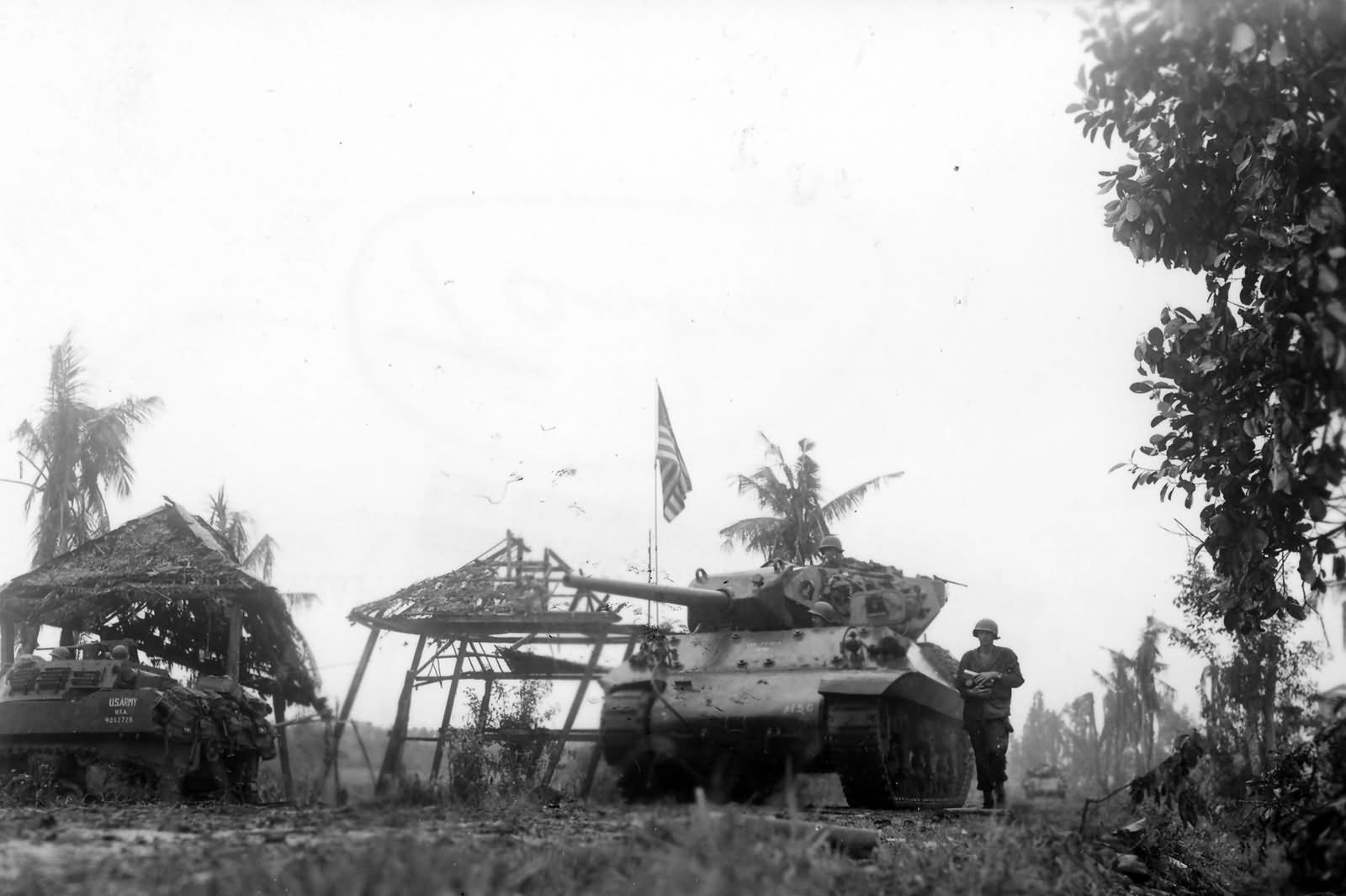
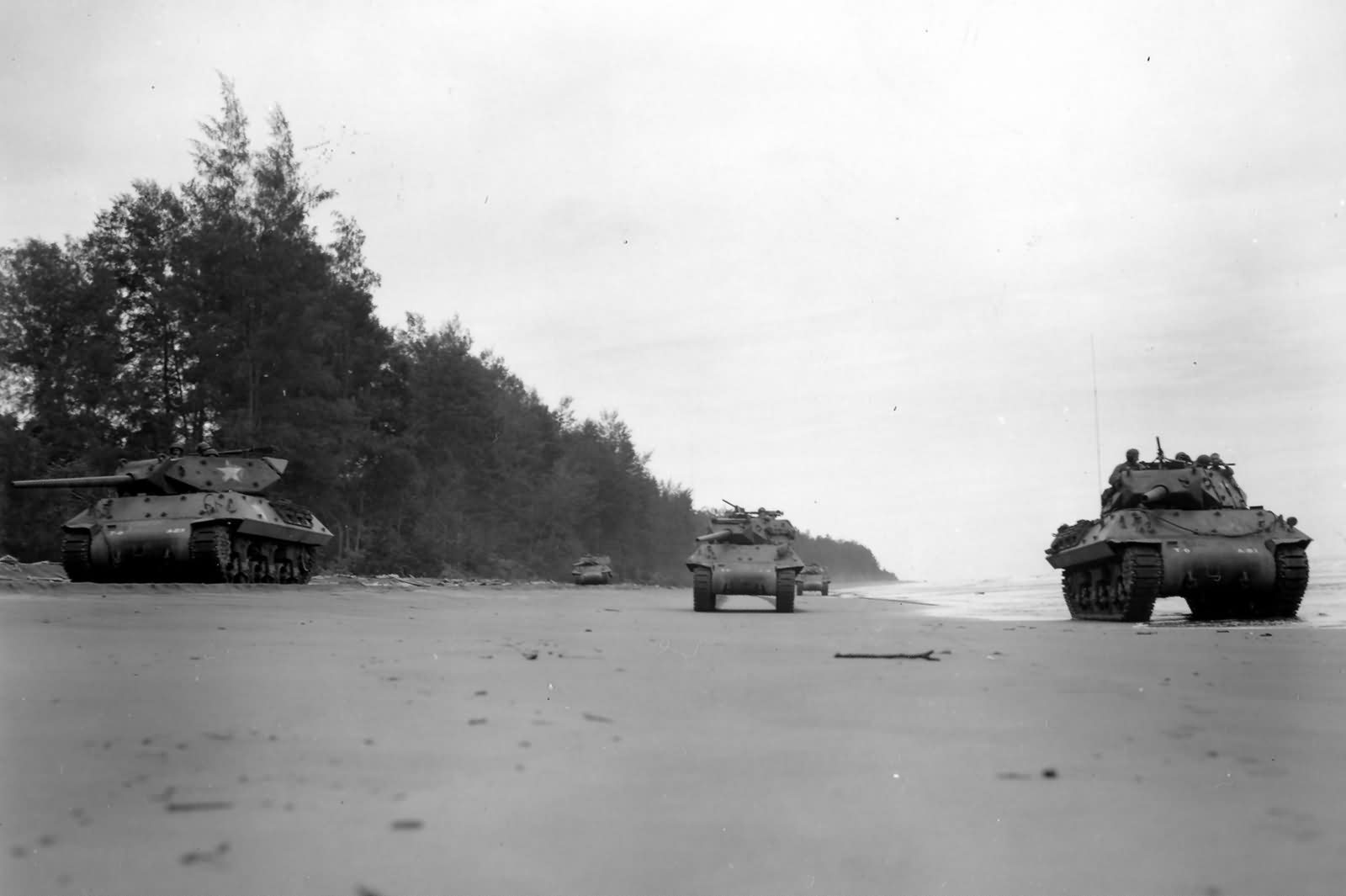
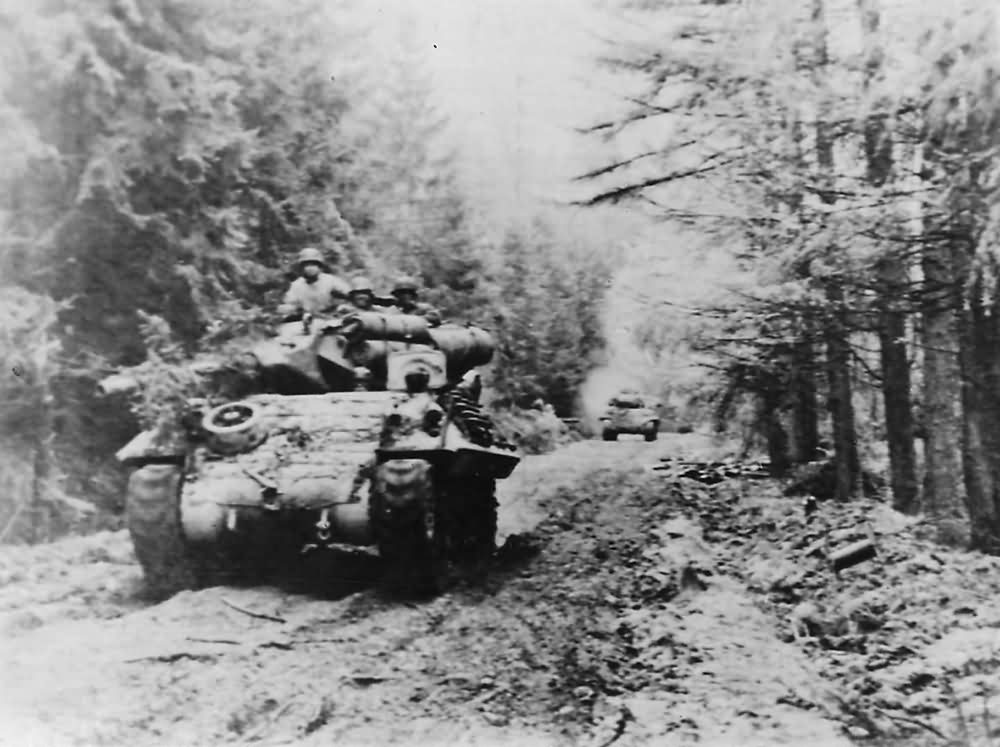
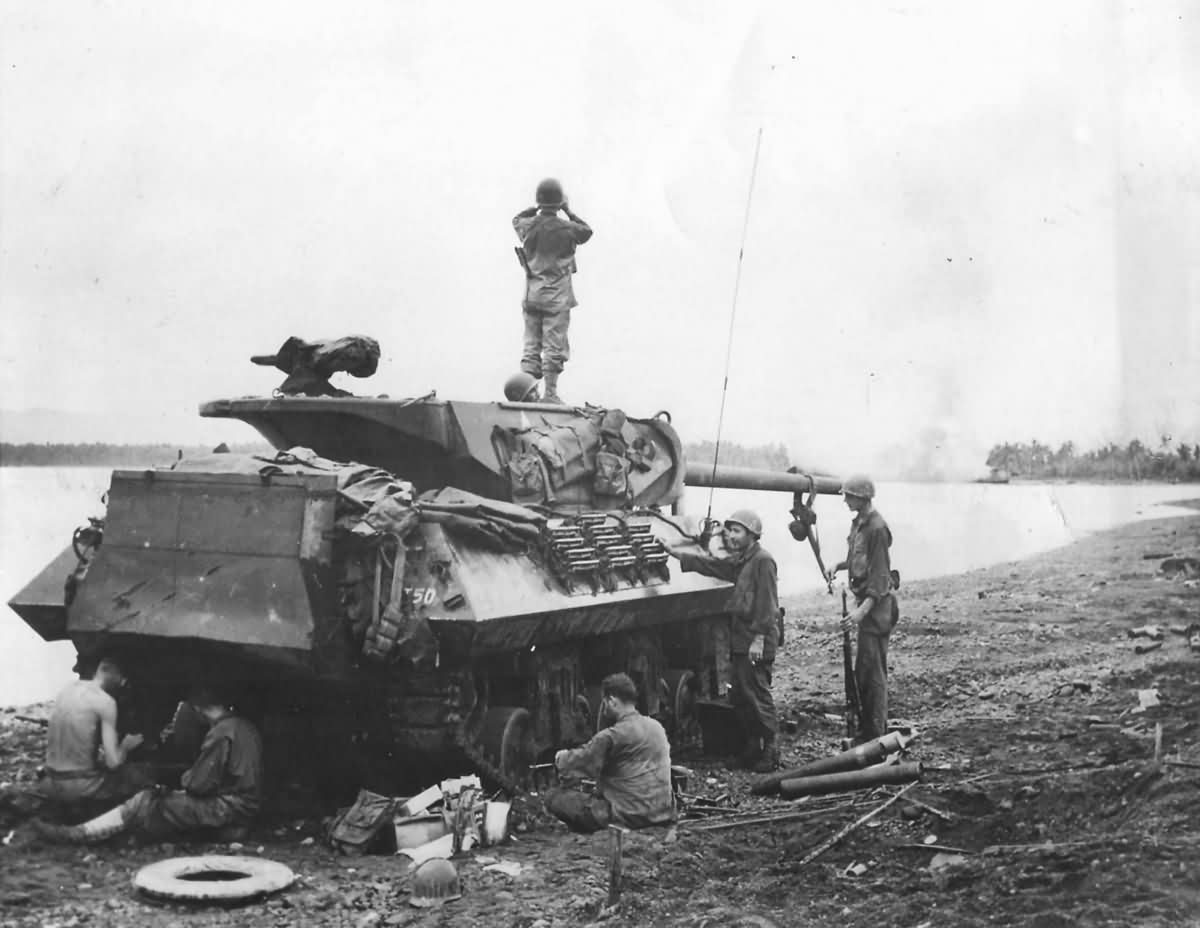
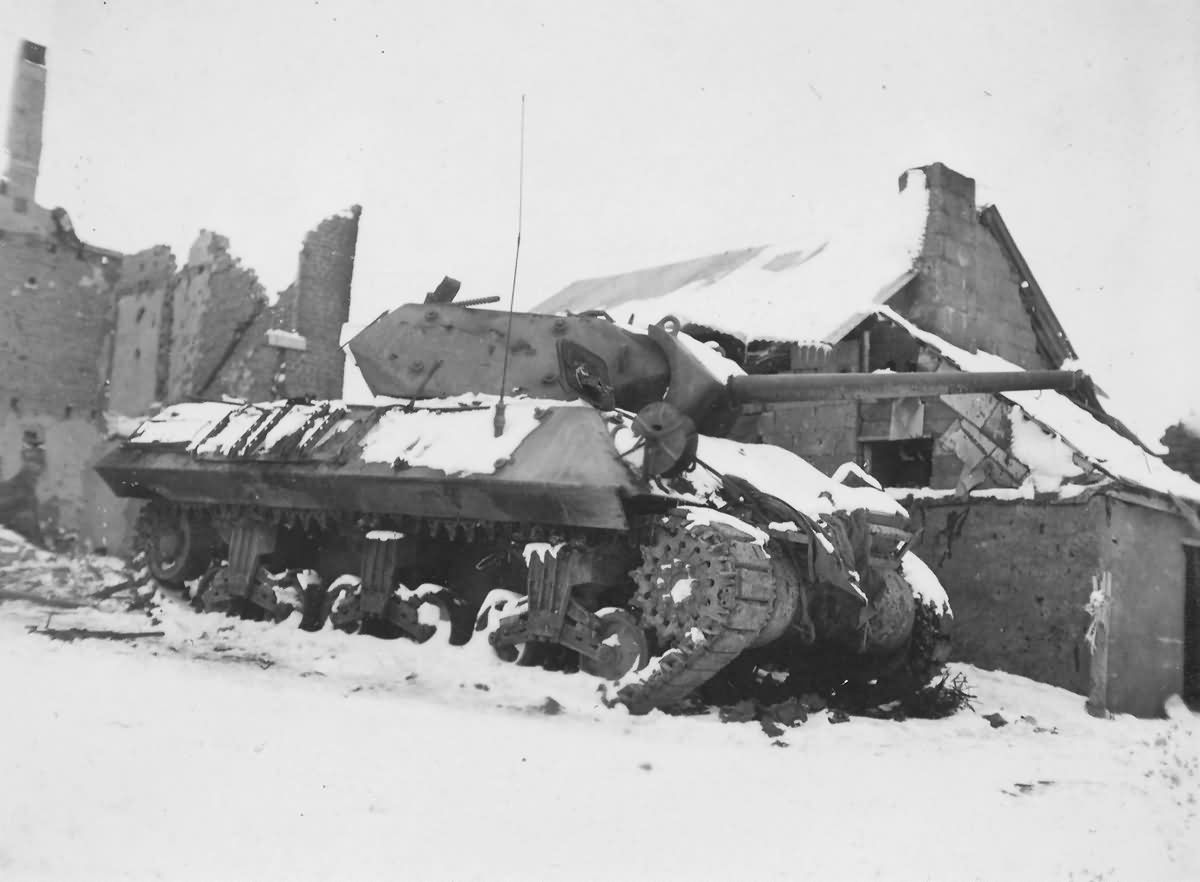
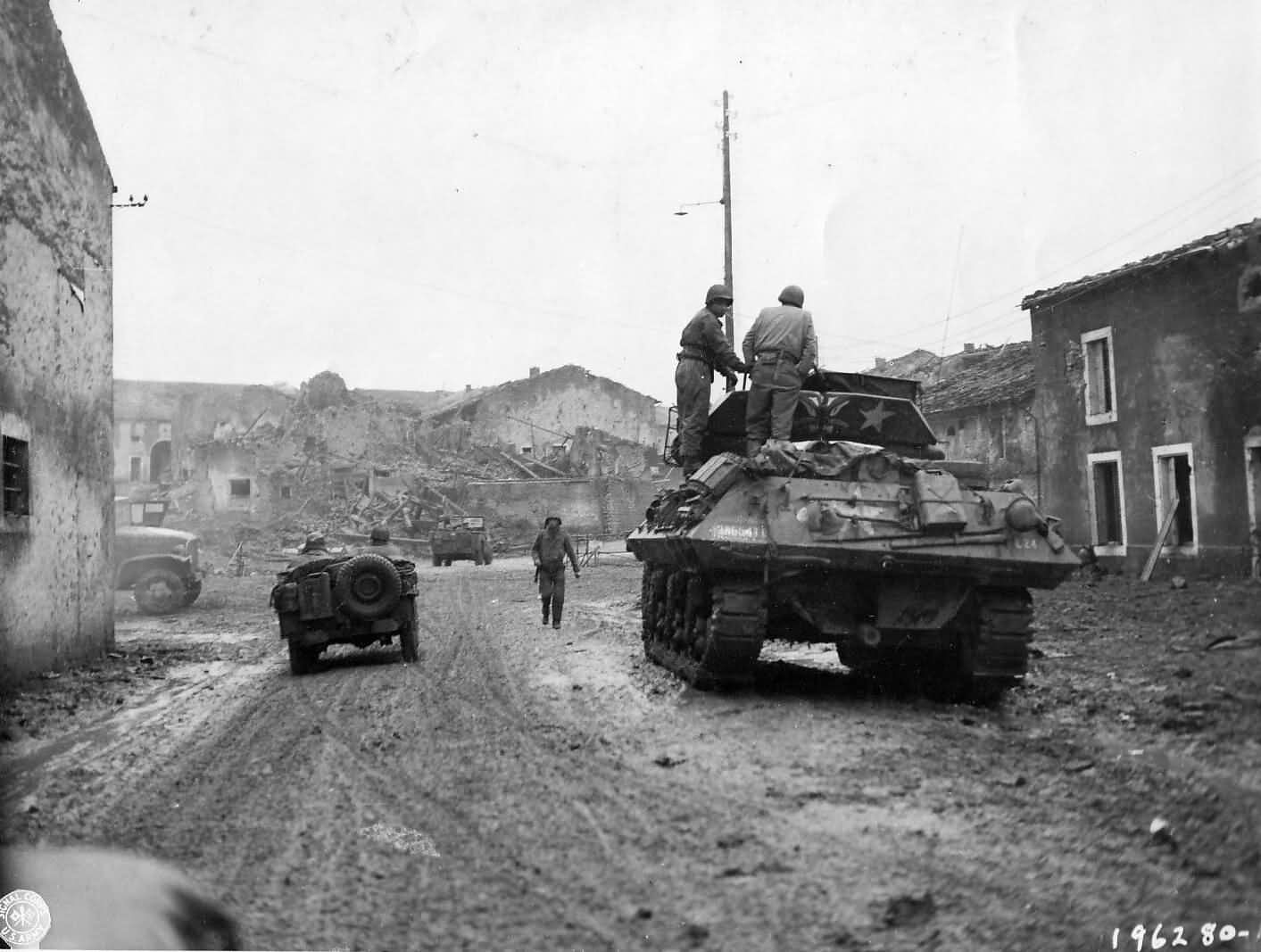
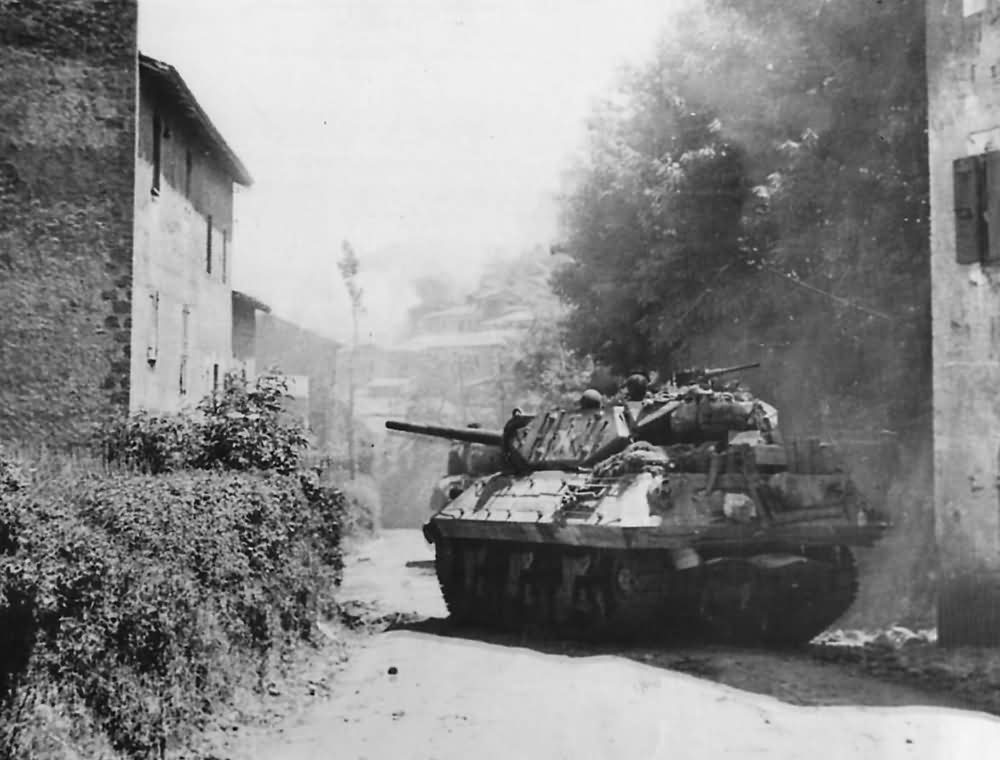
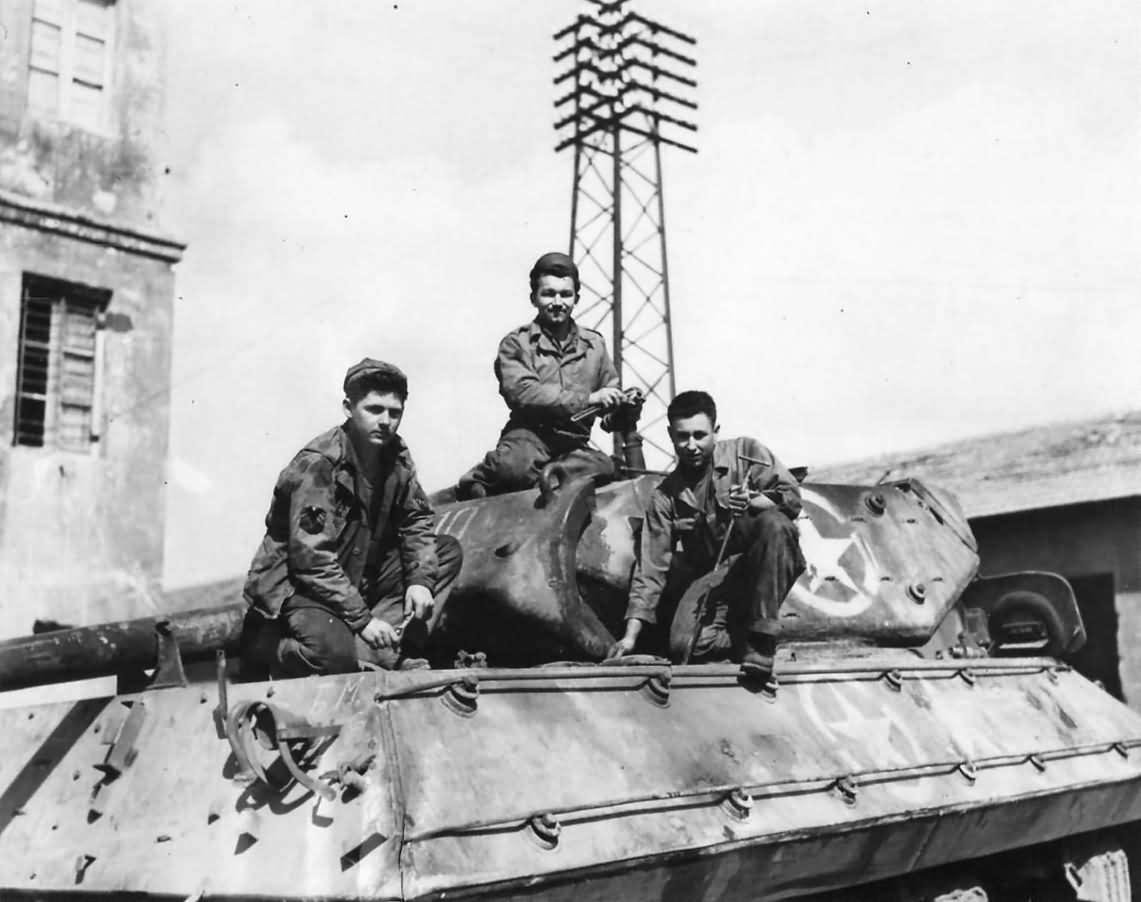
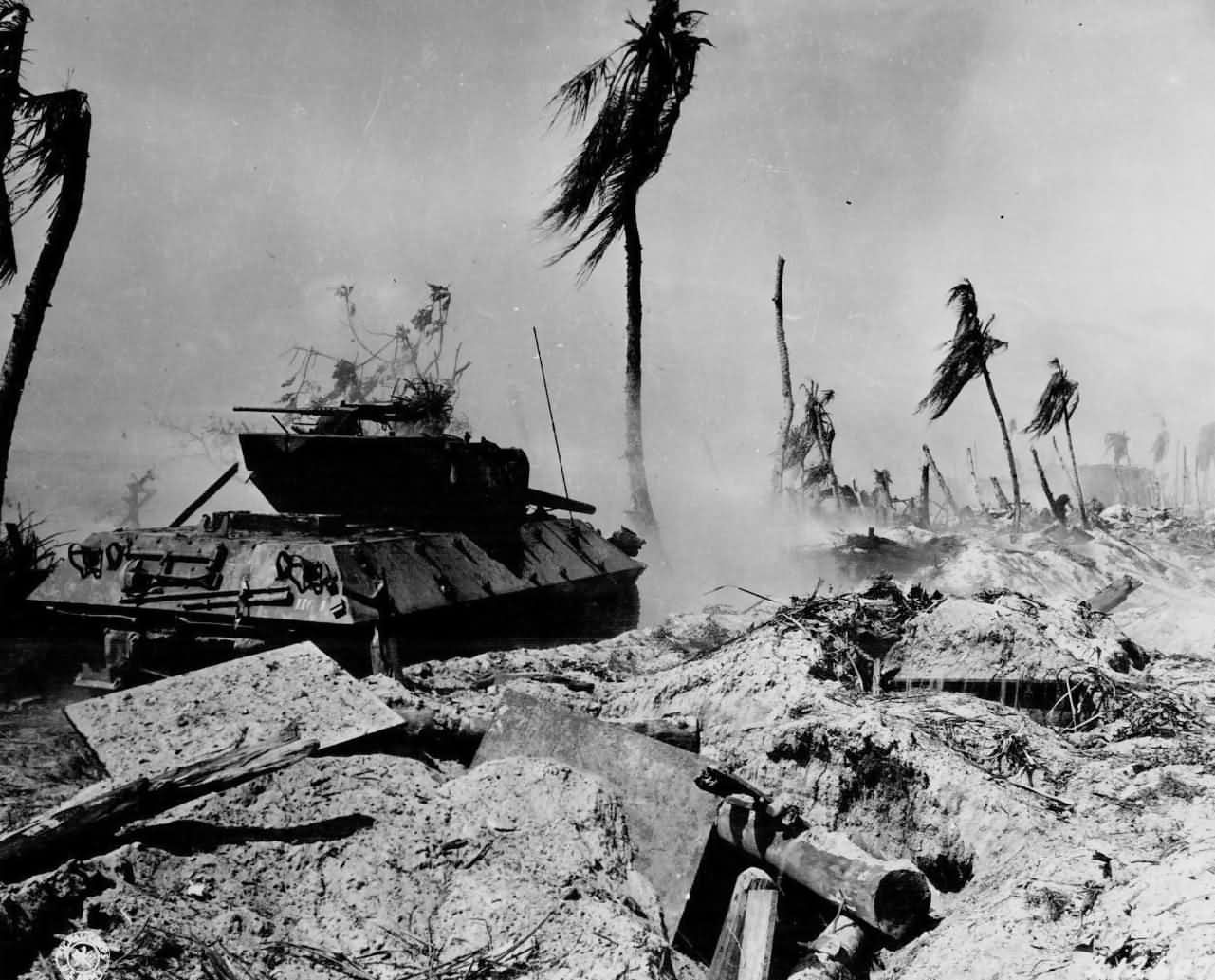
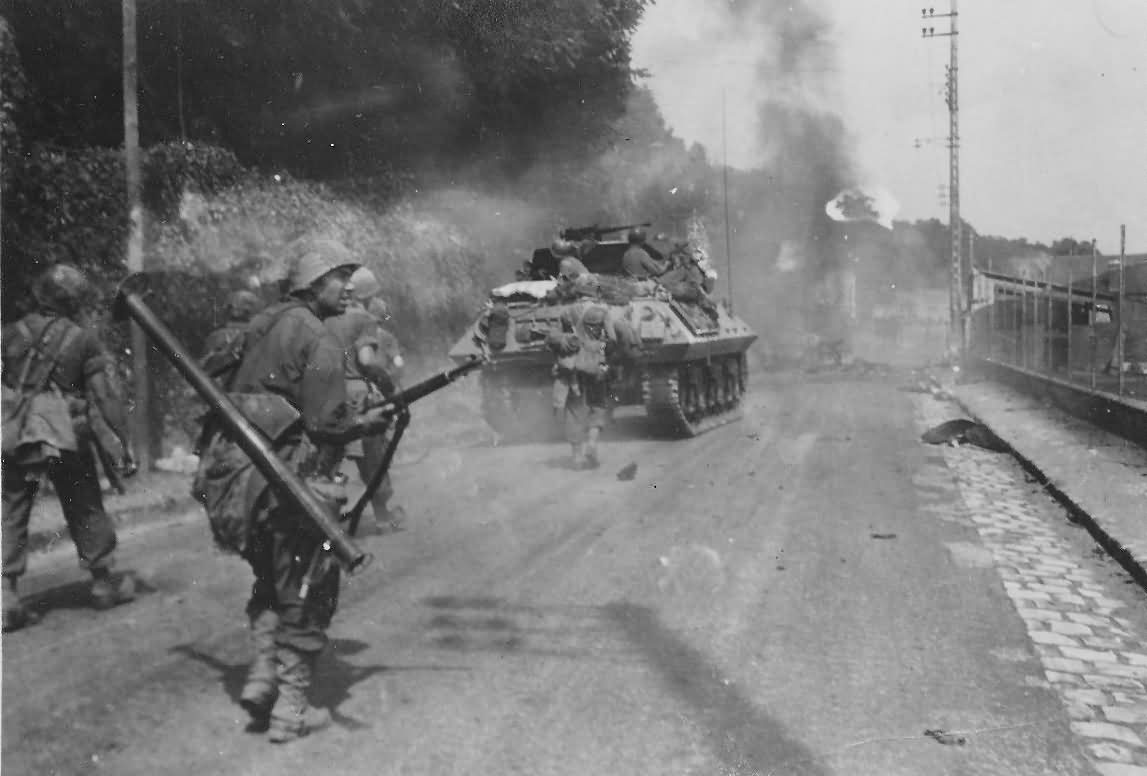
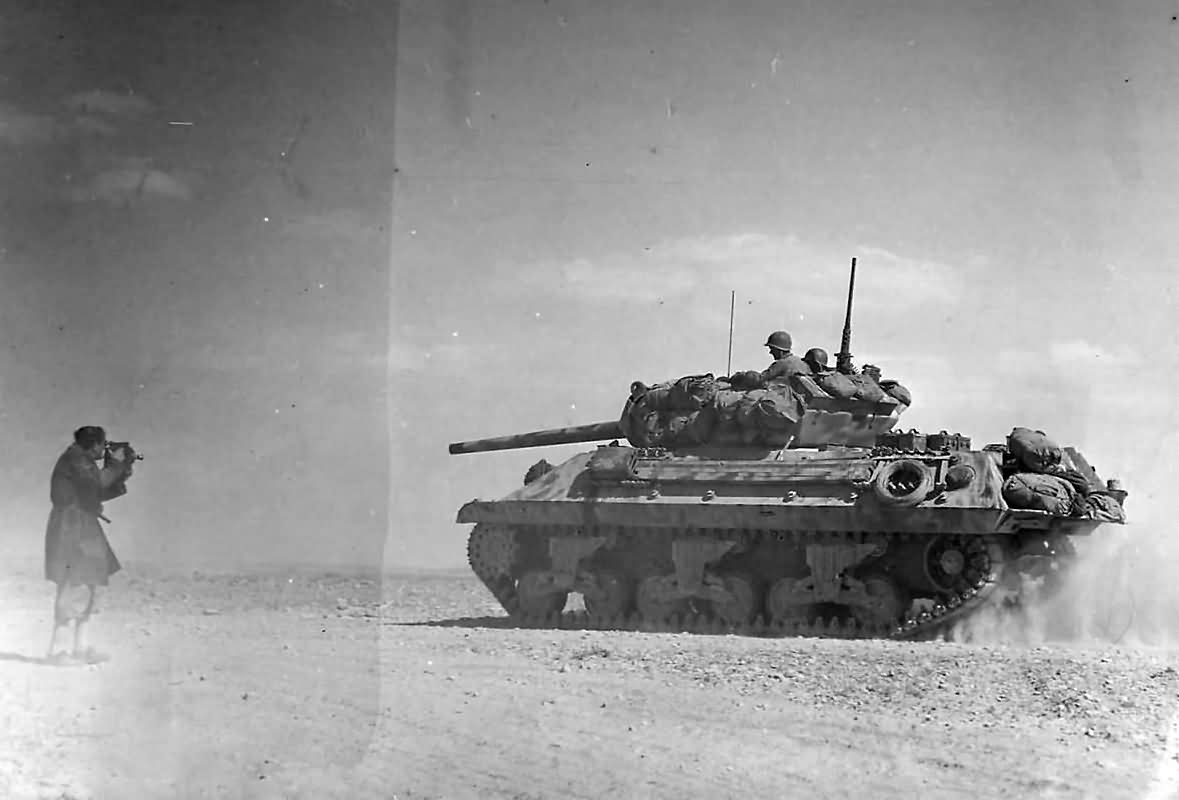
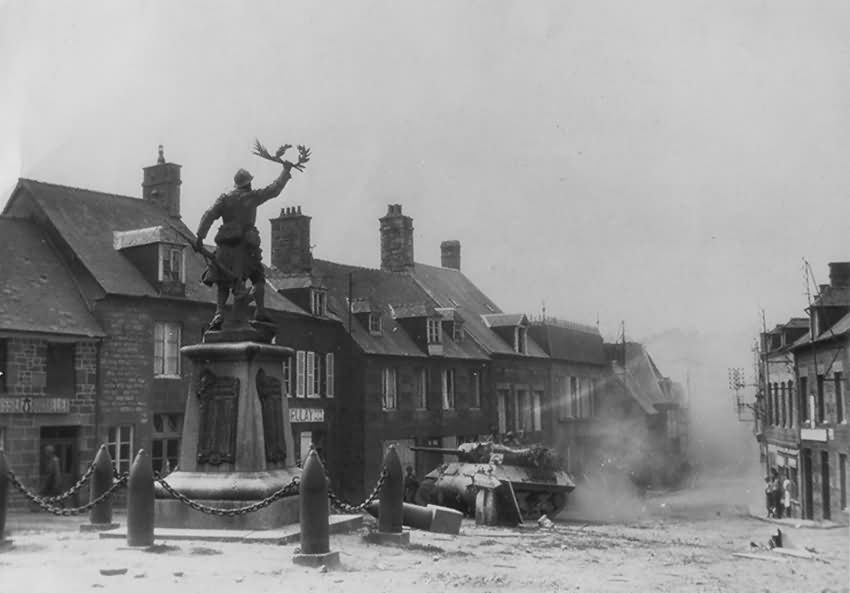
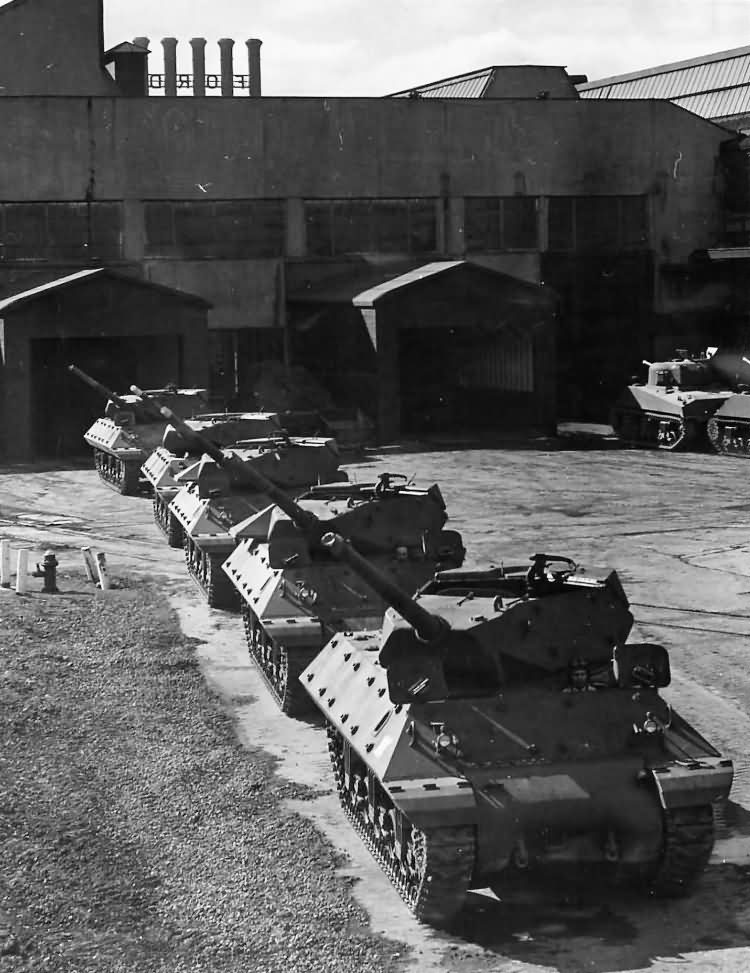
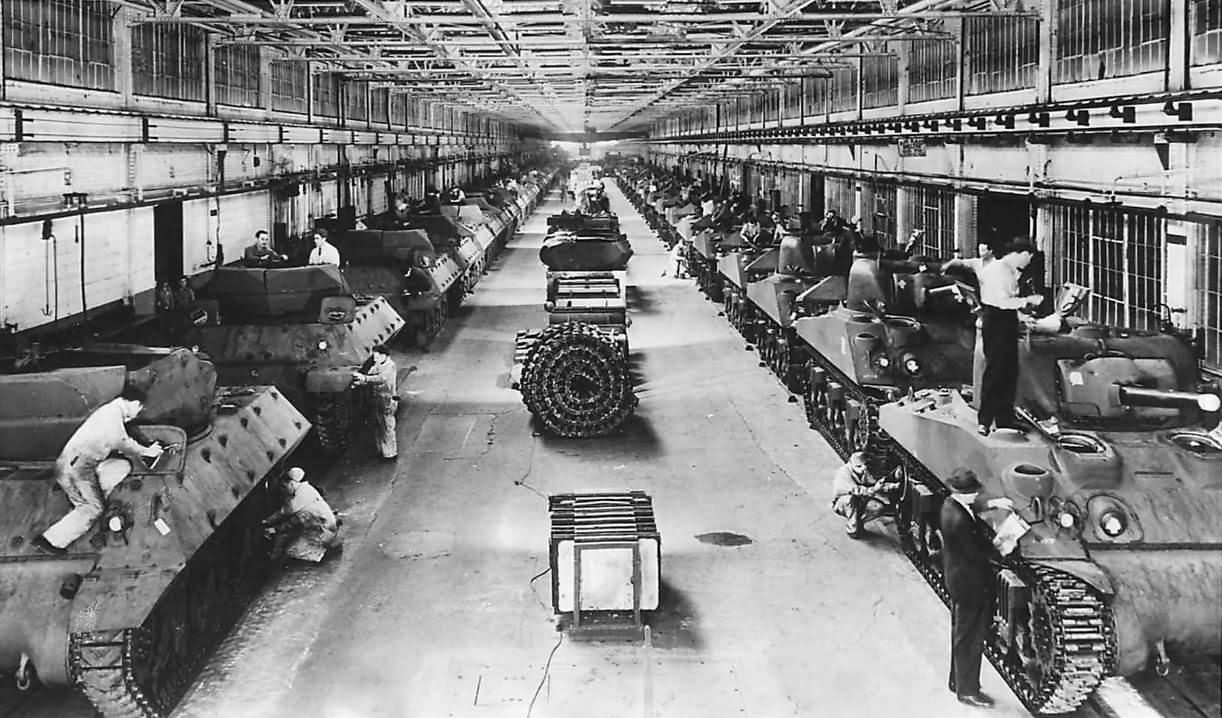
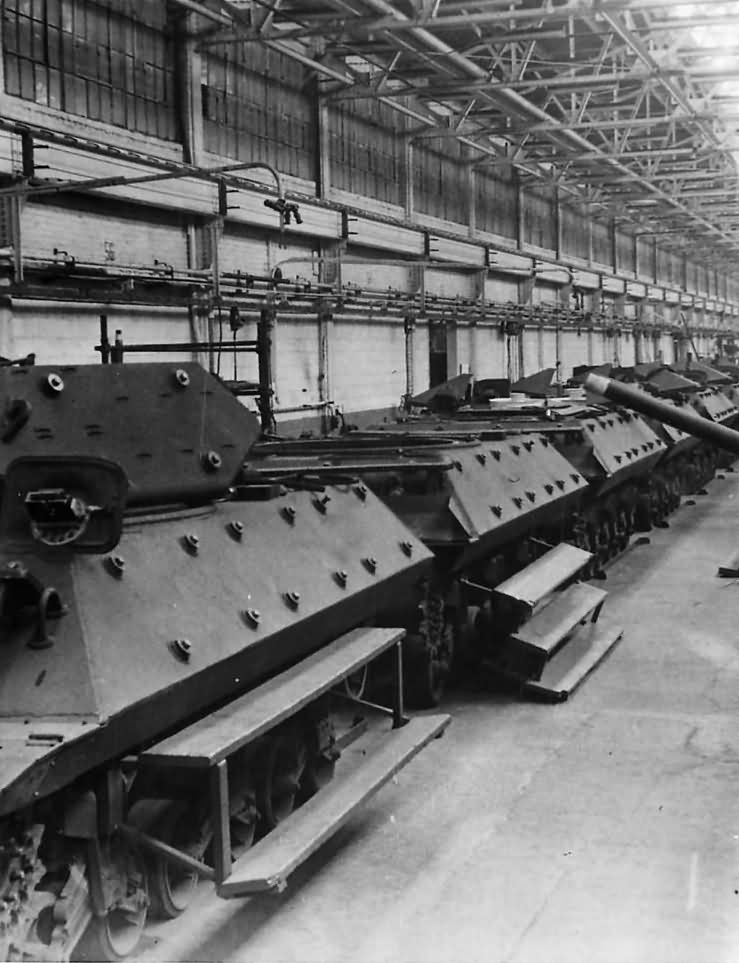
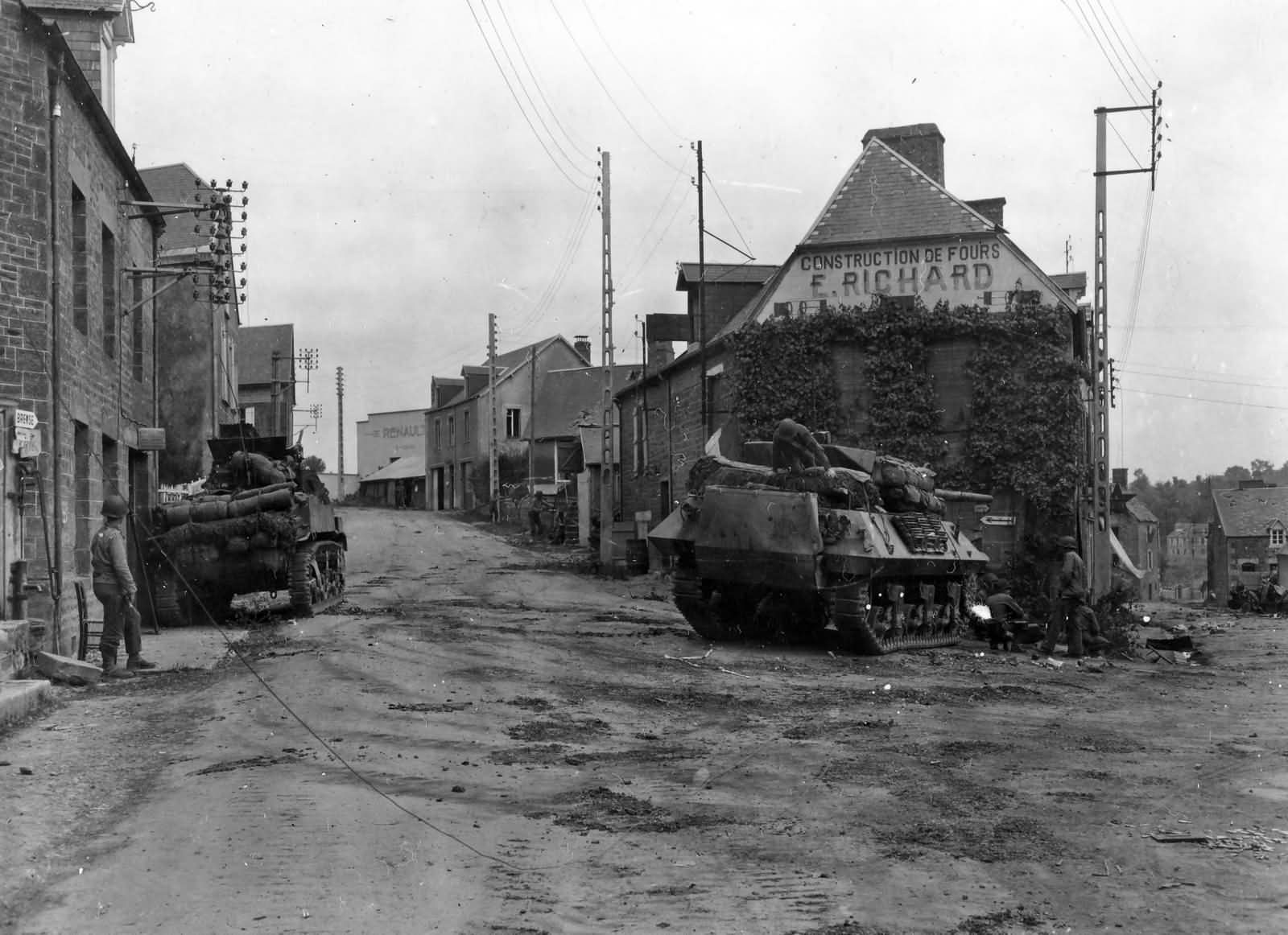
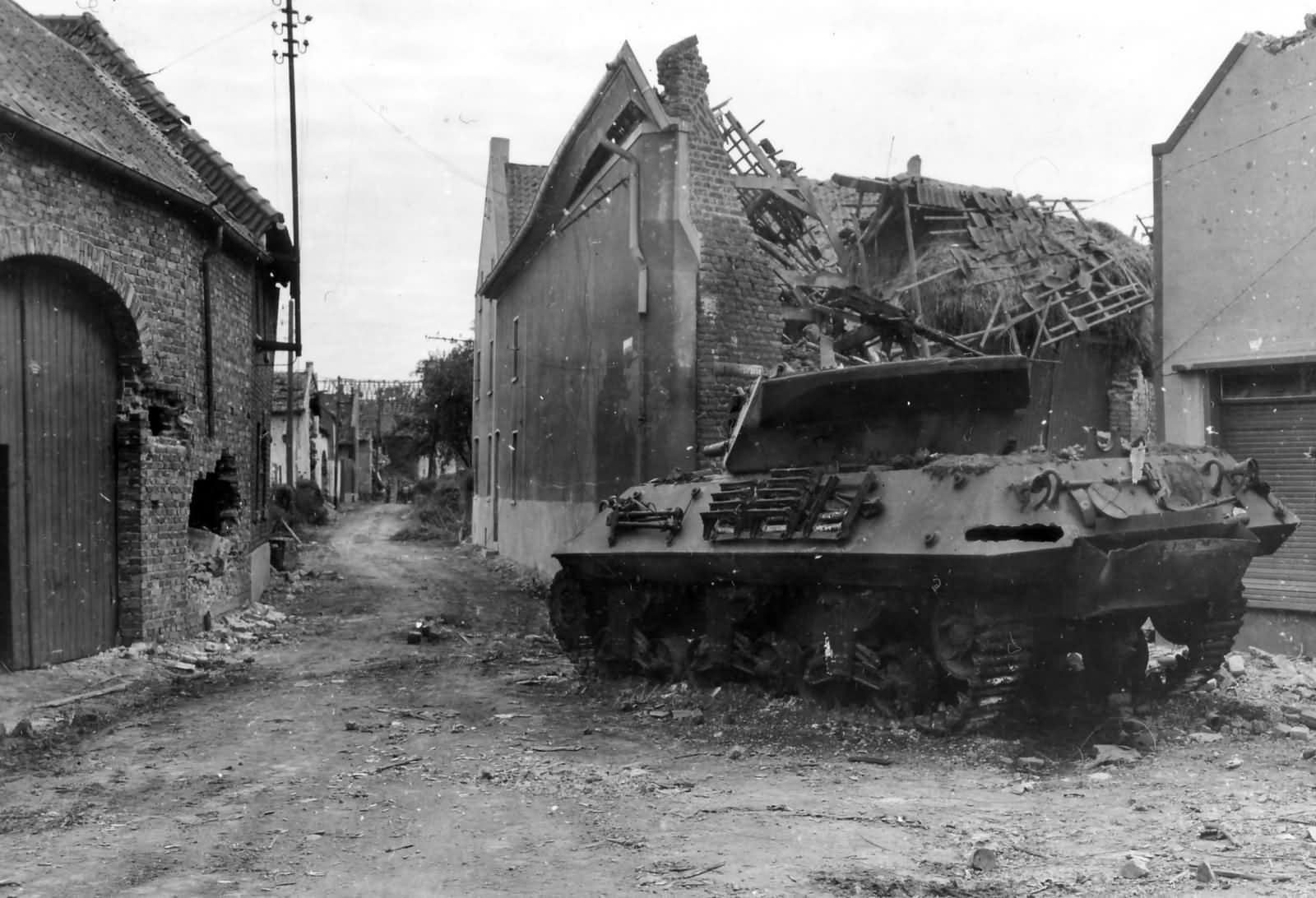
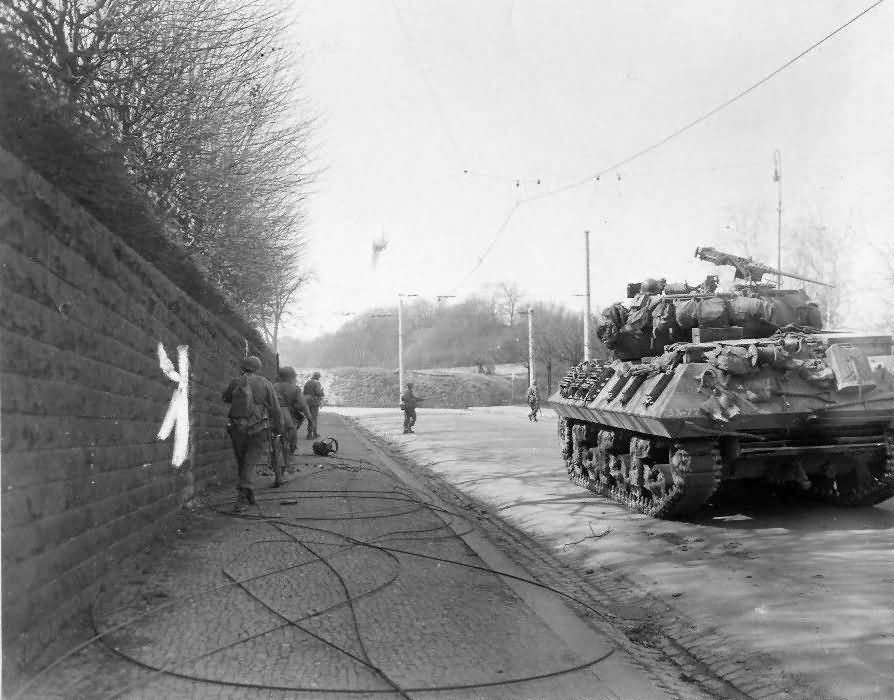
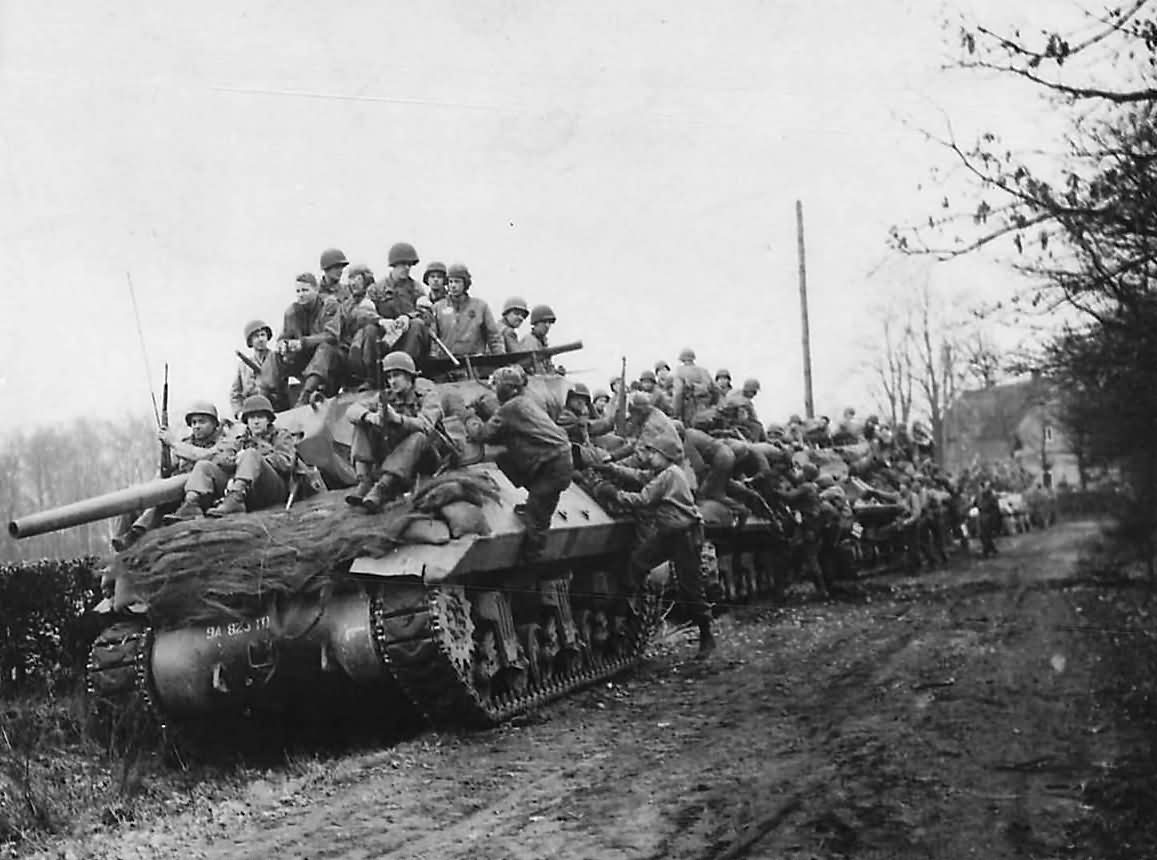
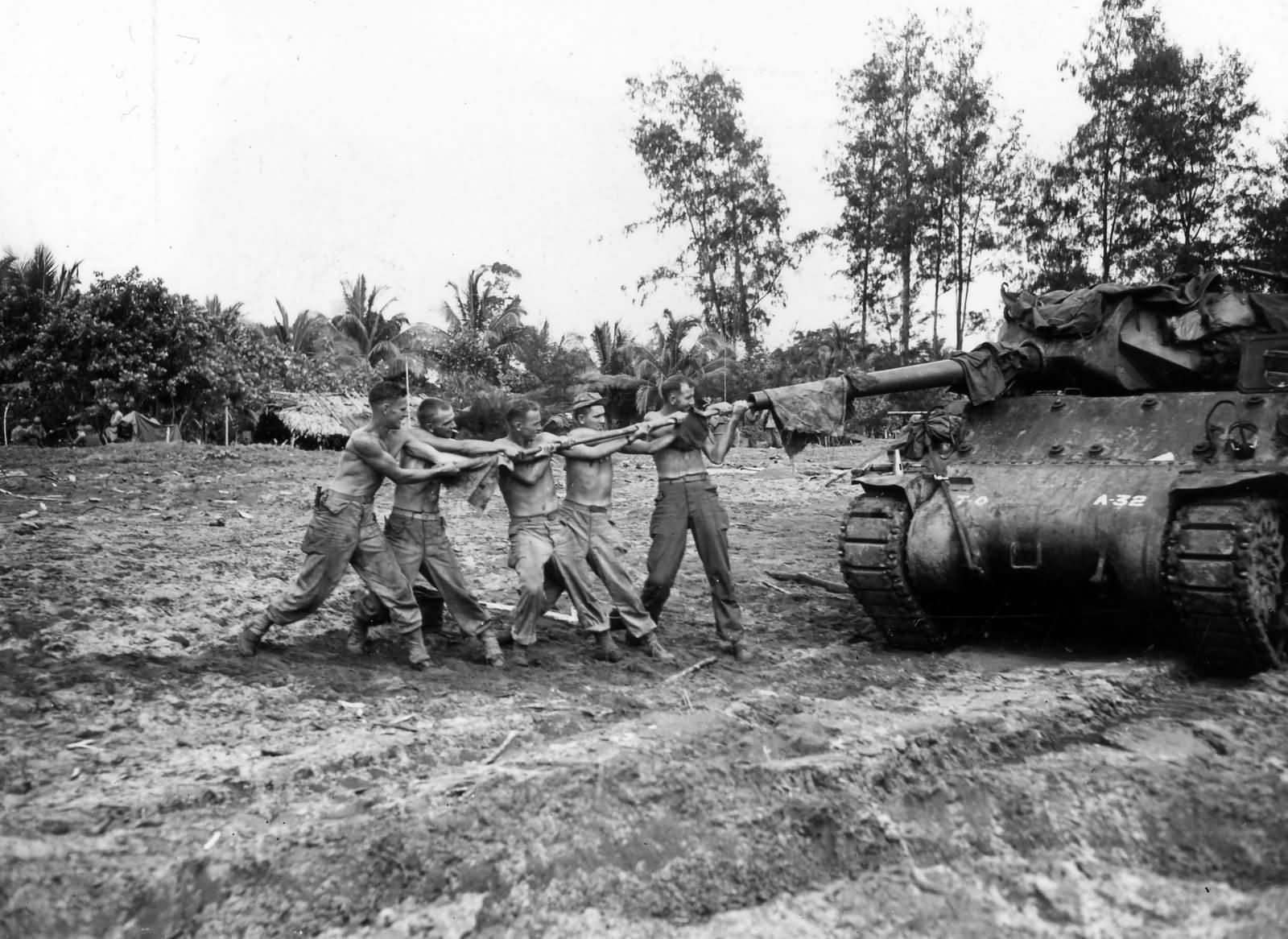
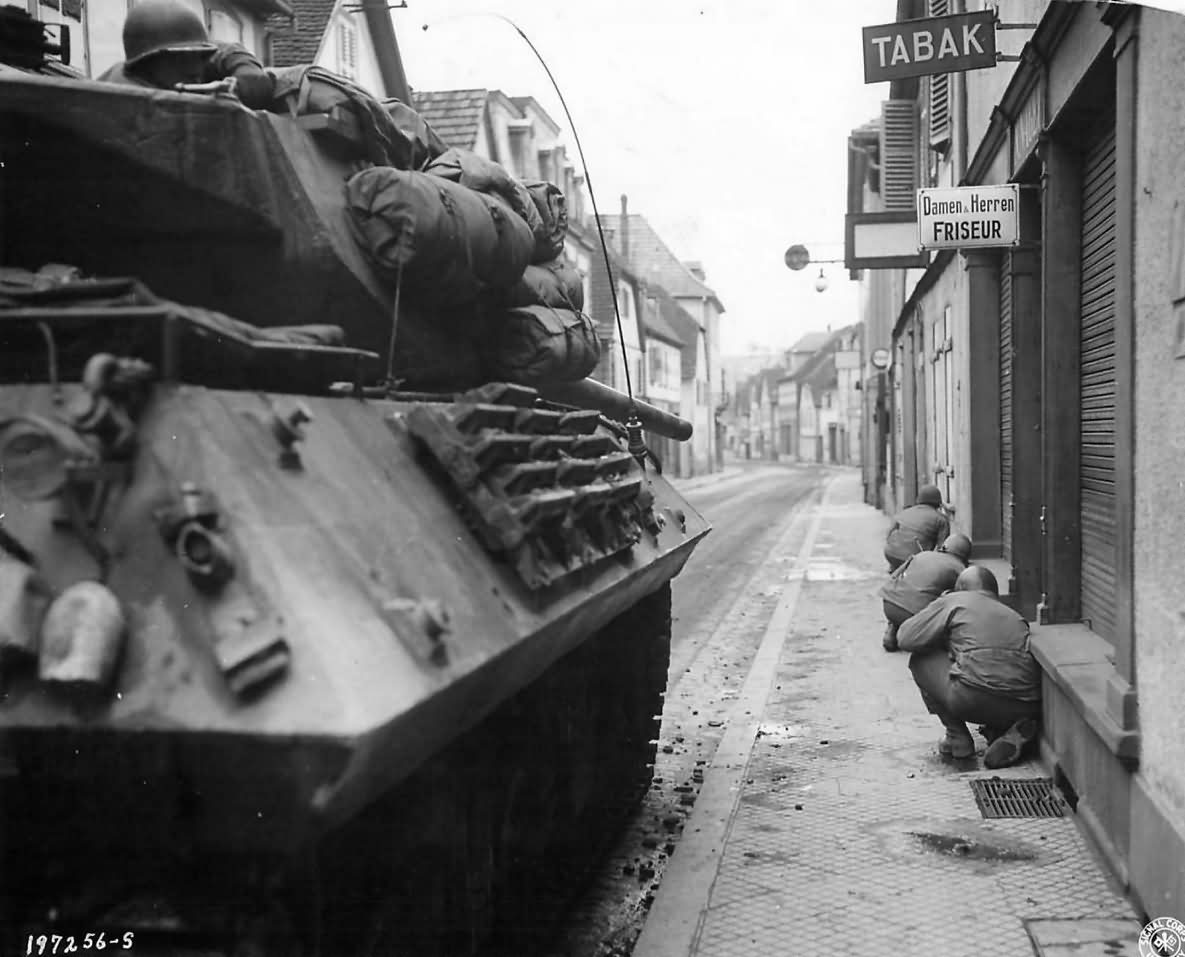
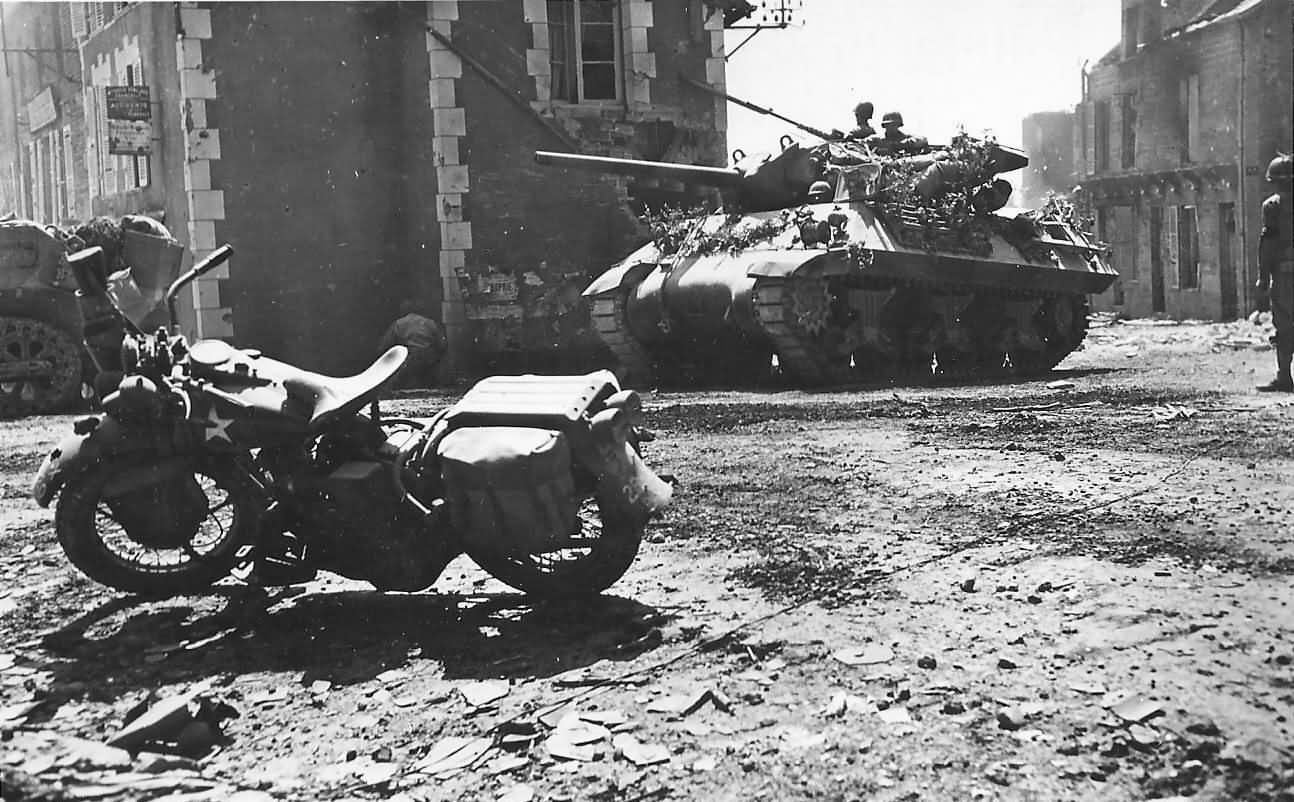
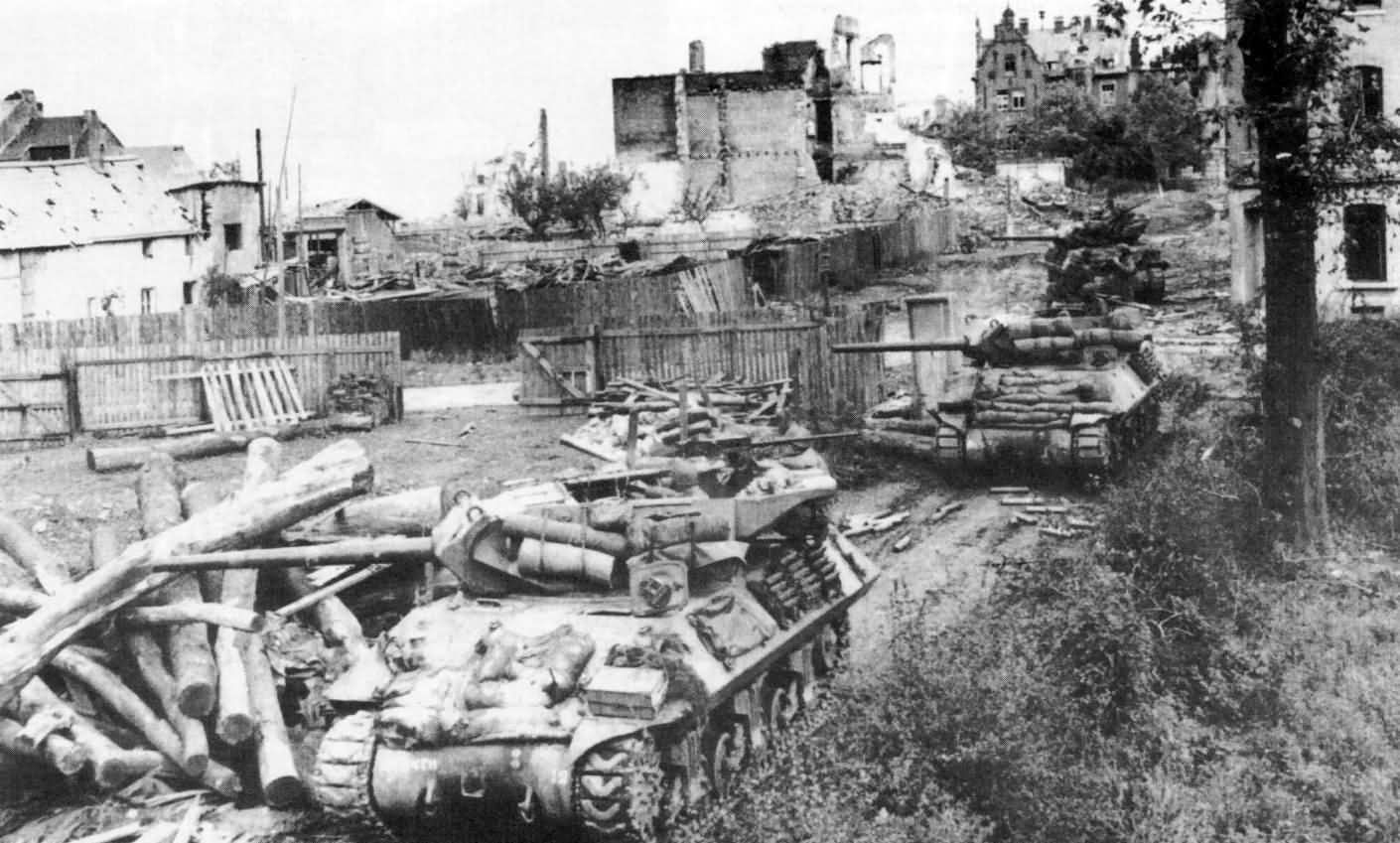
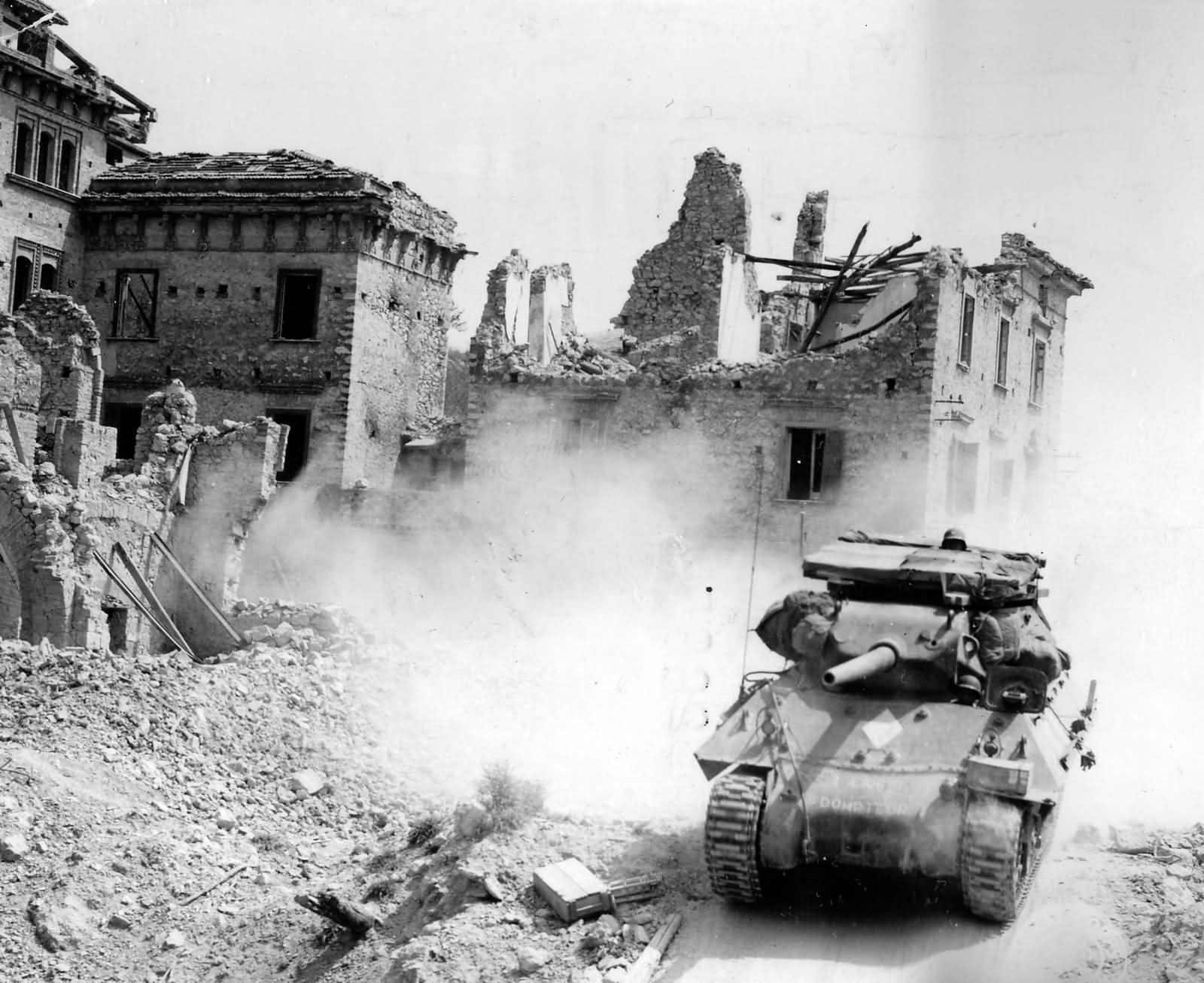
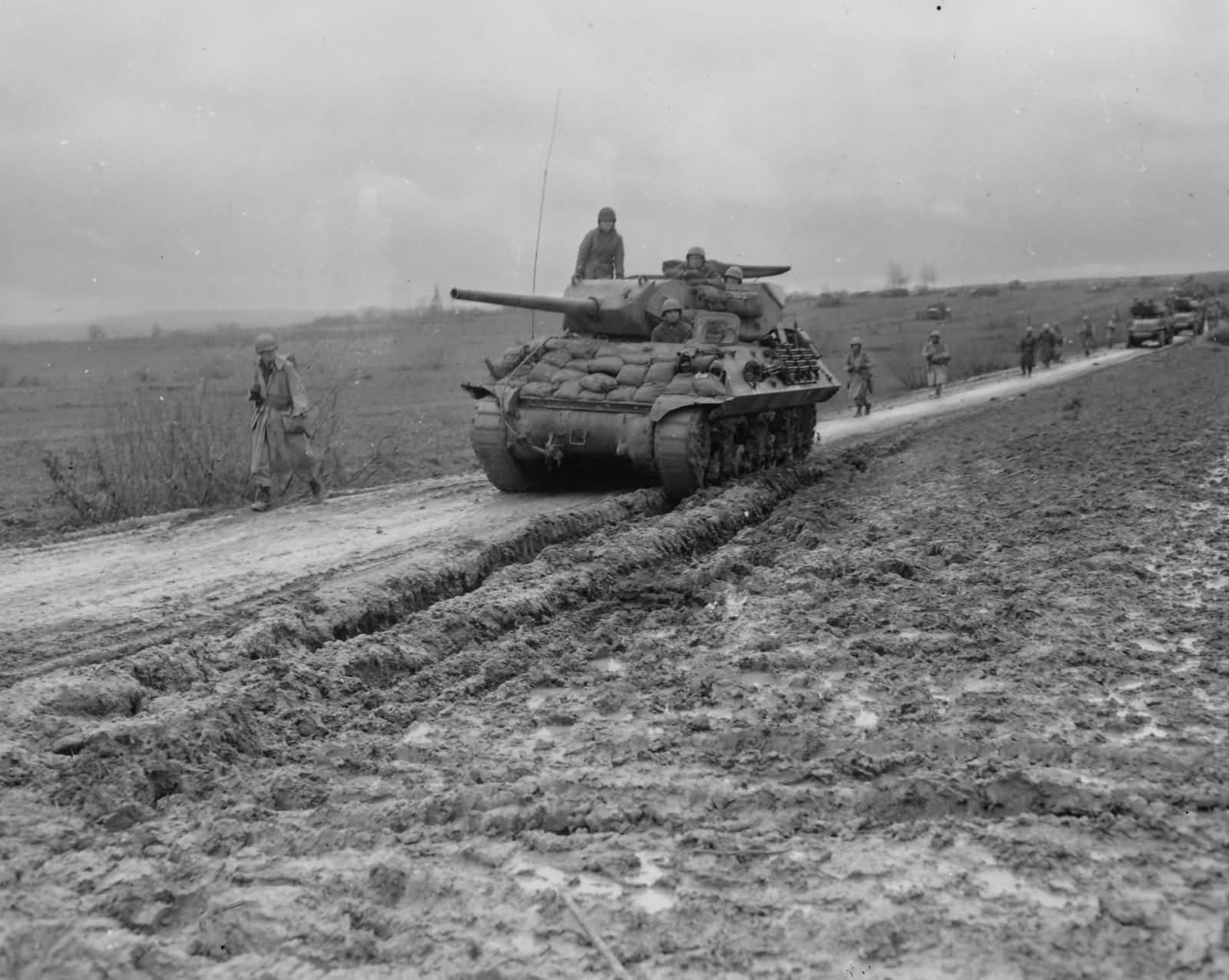
M36: The M10 With A Much Better Gun
Click the link above for a dedicated page on the M36. ↑
Another tank destroyer based on the Sherman chassis, basically an M10A1 with a new turret mounting a bigger gun. These tanks mounted the 90mm M3 gun. Often this tank’s turret was fitted to otherwise stock M4A3 hulls due to a shortage of M10 hulls. These TDs had full power traverse. These TDs were well-liked because the M3 worked well on both armor and soft targets since the M3 had a nice HE shell.
This TD suffered all the same problems dealing with infantry the M10 did, except in the M36 B1, since it was built on an M4A3 hull, it had a bow machine gun. This was as close to a factory produced 90mm Sherman during the war. It was also upgraded in a lot of units with some form of roof armor. It solved the drivers and co-drivers hatch problems and always had a power turret drive though.
There was a diesel-powered version based on the base M10 chassis powered by the GM 6046. There were 1413 M36s, 187 M36B1s, and 724 M36B2s. They produced it on the M4A3 and M10 hulls because they ran out of M10A1 hulls, and no more were going to be produced. Demand for the vehicle was so great they used what they had available. As far as I can tell they saw use only in Europe with the US Army, but the French used them in Indo-China (Vietnam).
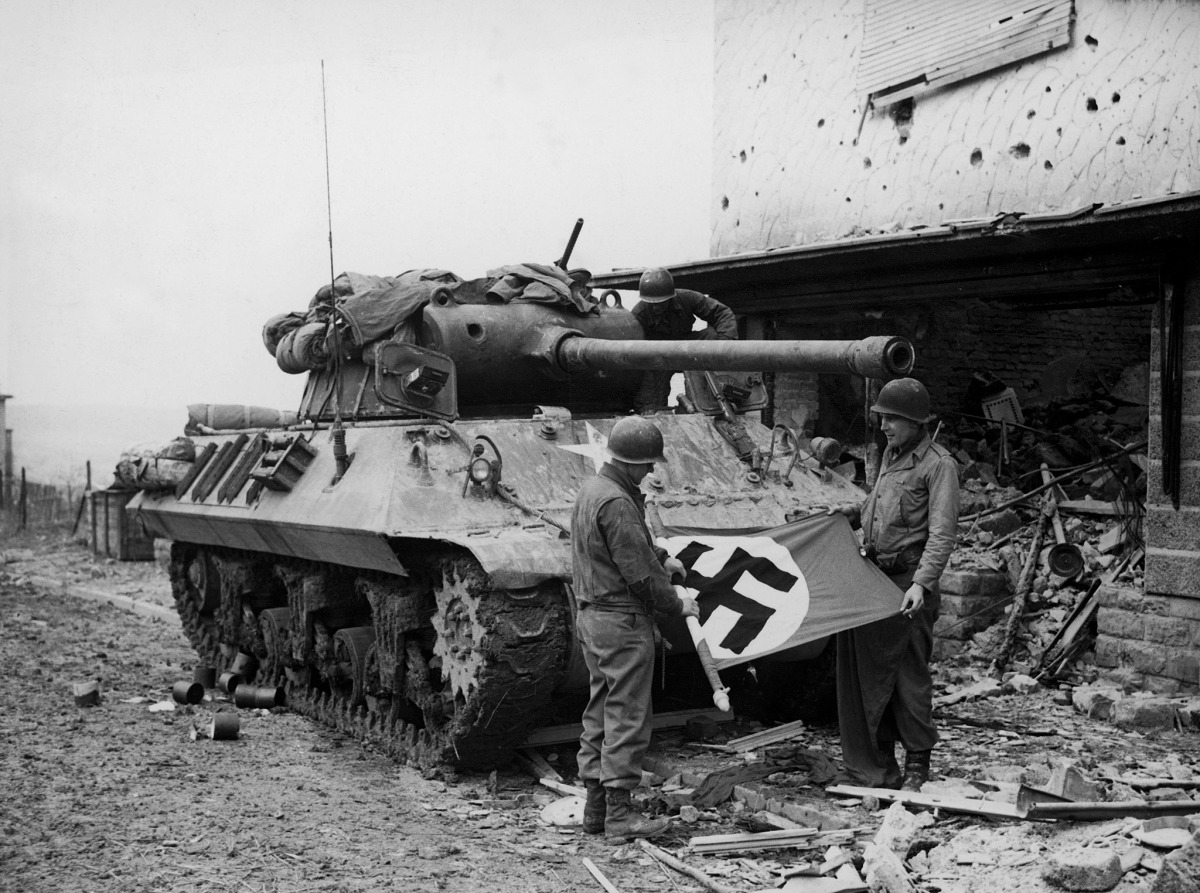
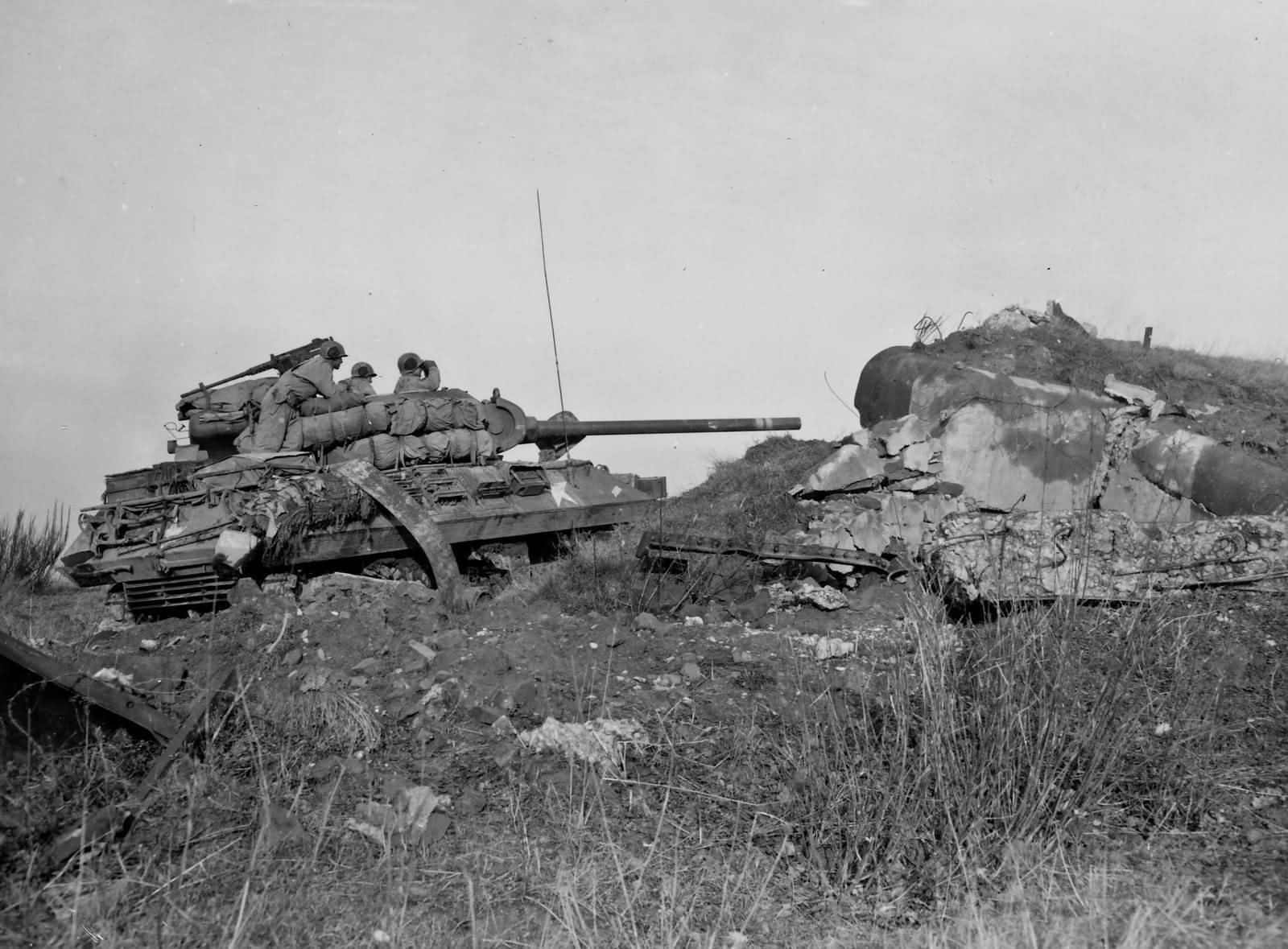
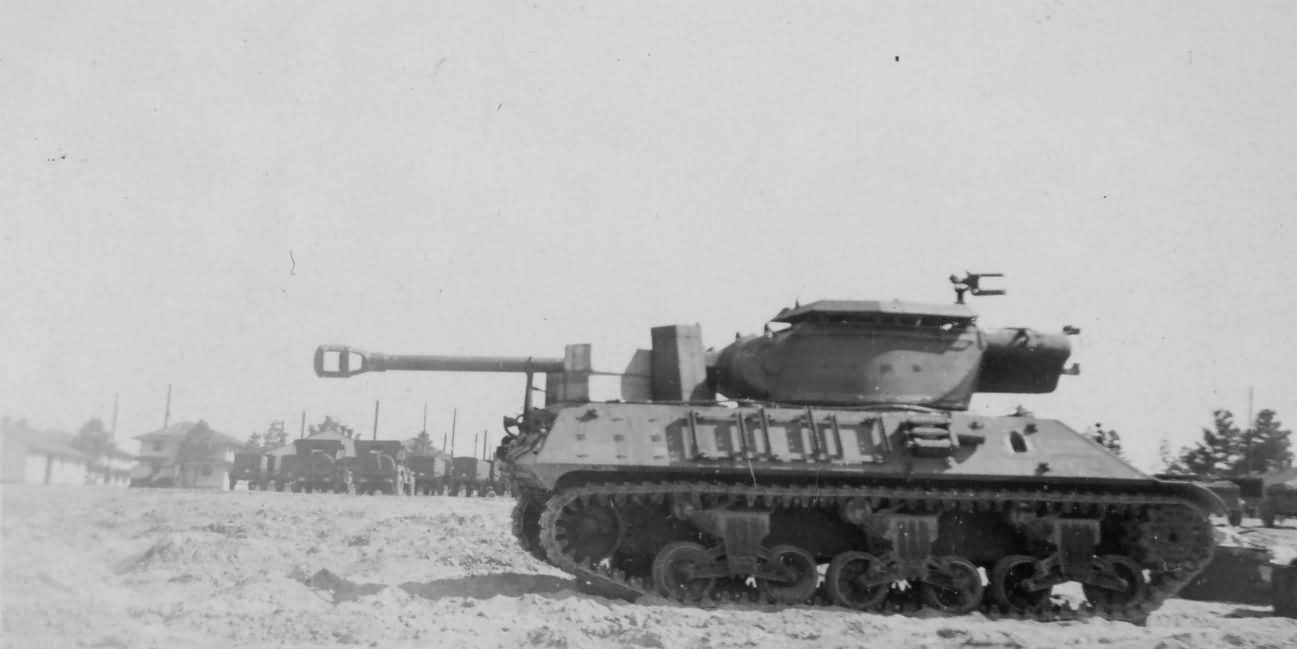
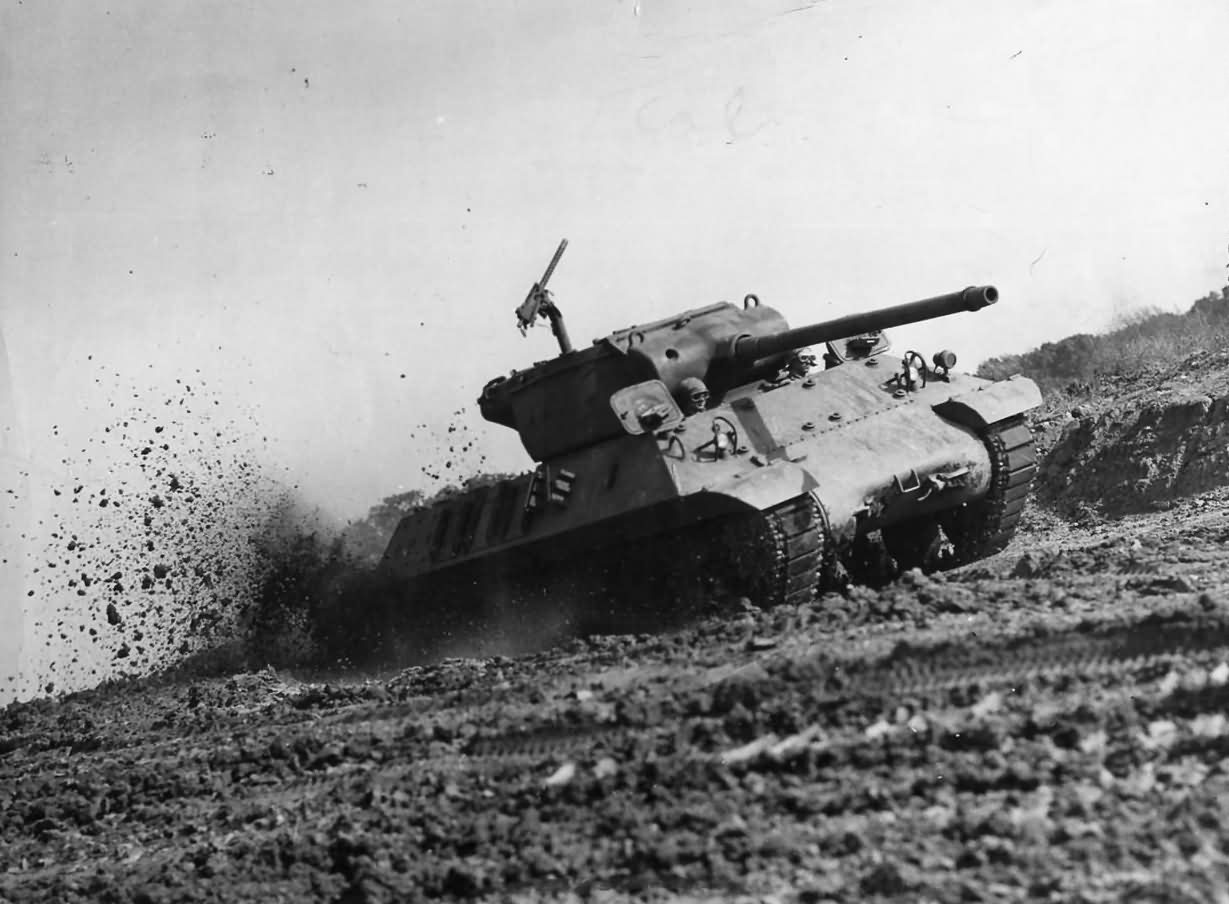
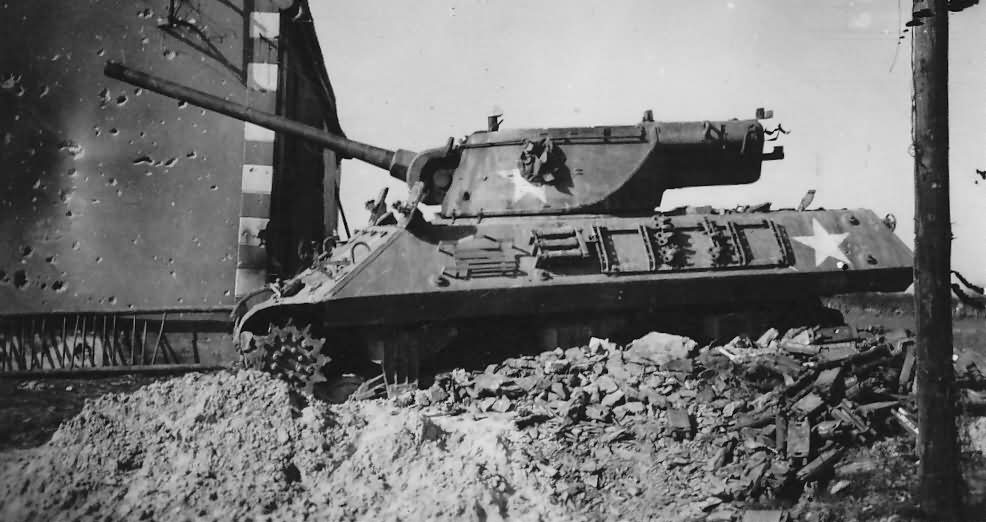
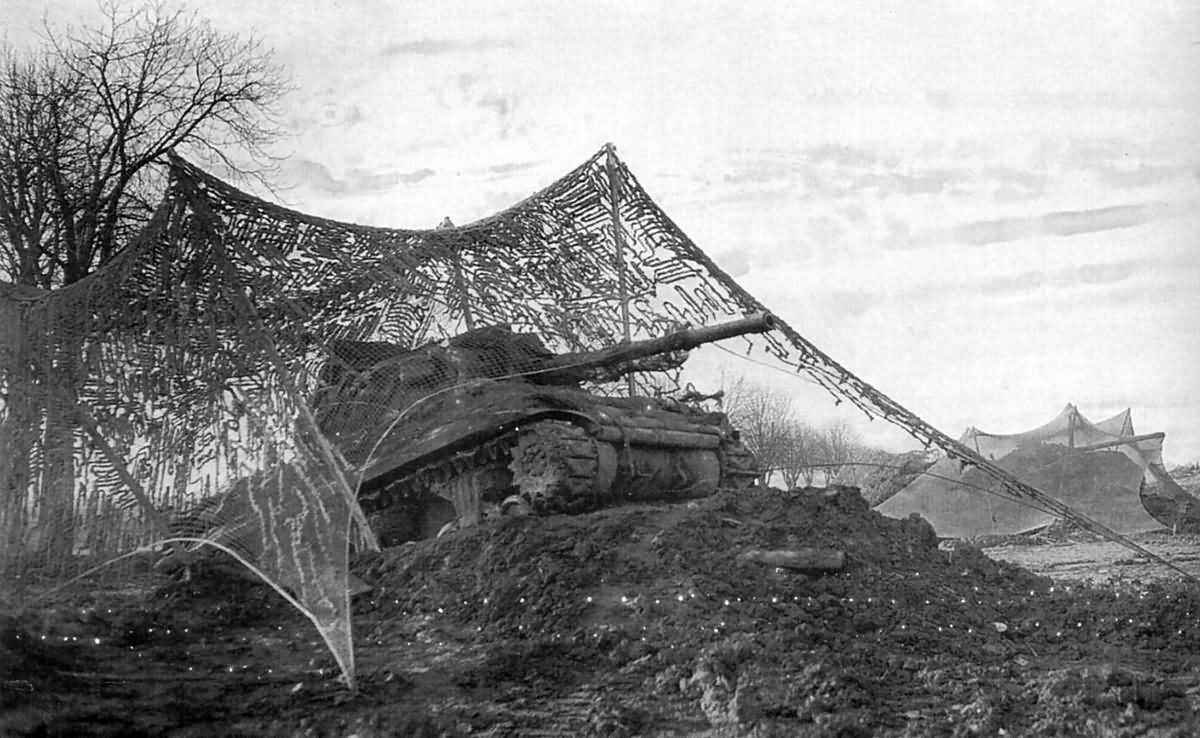
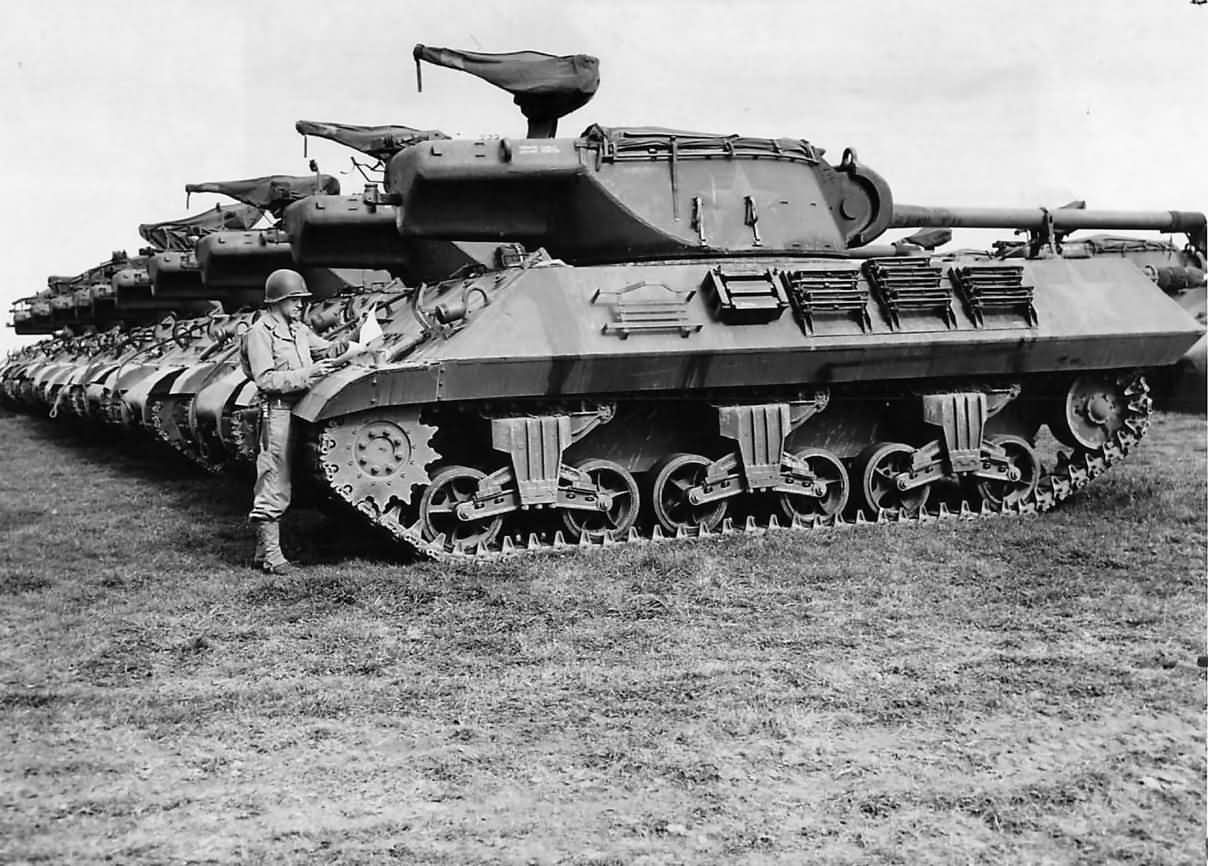
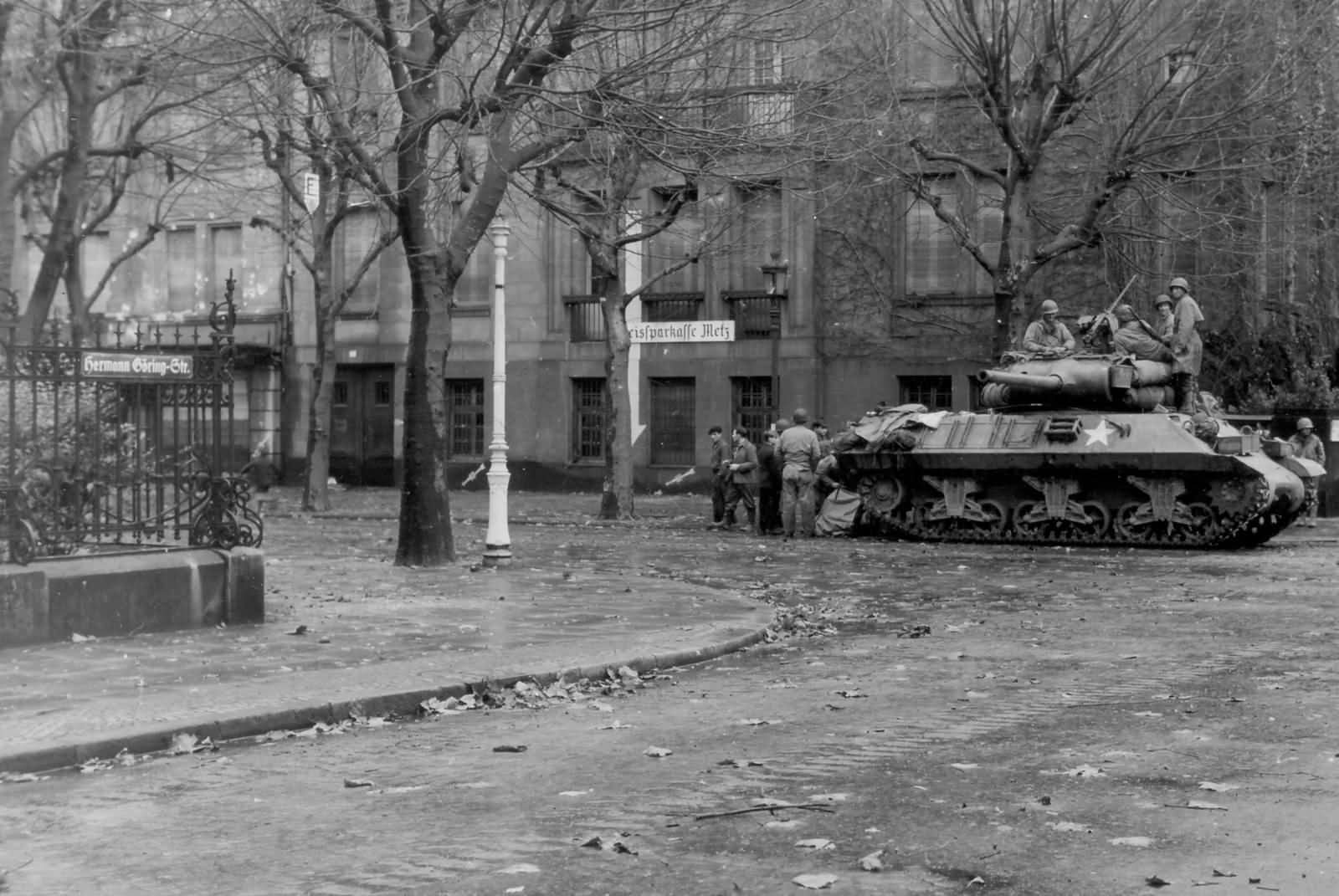
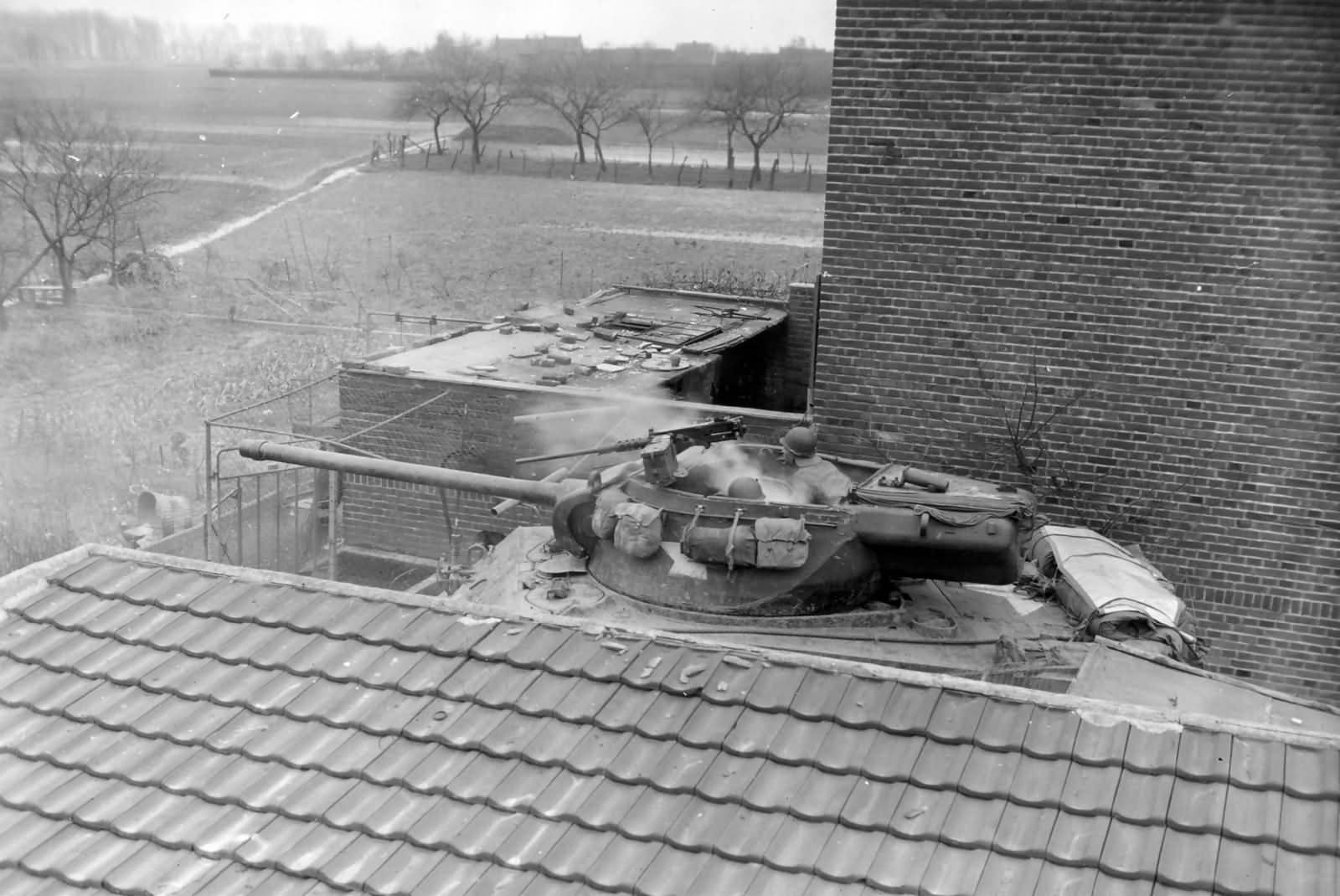
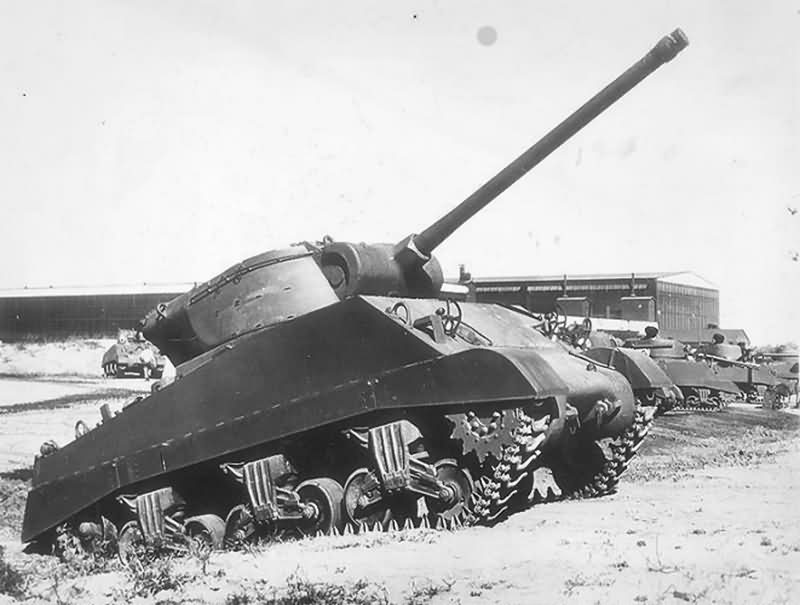
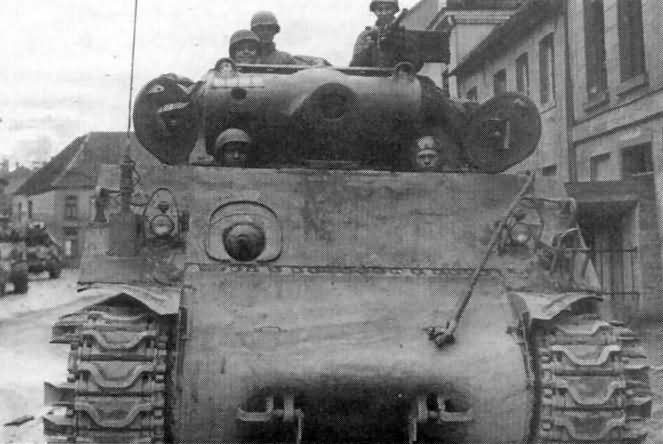
. . .
Artillery: they have big guns, and their crews are usually deaf. (Coming soon)
105 Howitzer motor Carriage M7& M7B1: 4316 produced
155 Gun Motor Carriage M12: 100 produced
155 Gun Motor Carriage M40: 418 produced
8 Inch Howitzer Motor Carriage M43: 48 produced
Sources: Sherman by Hunnicutt, TM9-745, TM9-748, TM9-731b Yeide’s The Tank Killers, Armored Thunderbolt by Zaloga
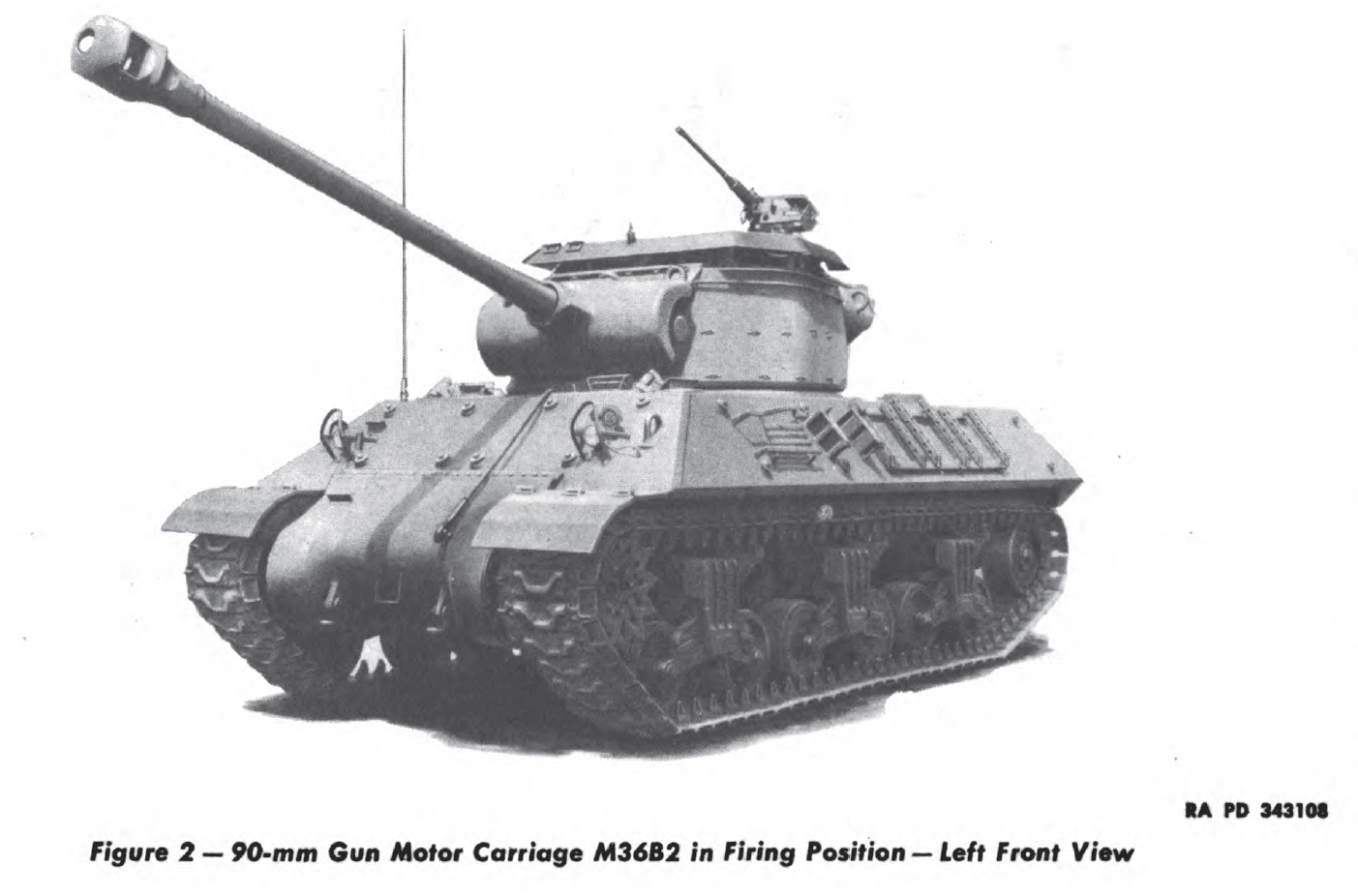
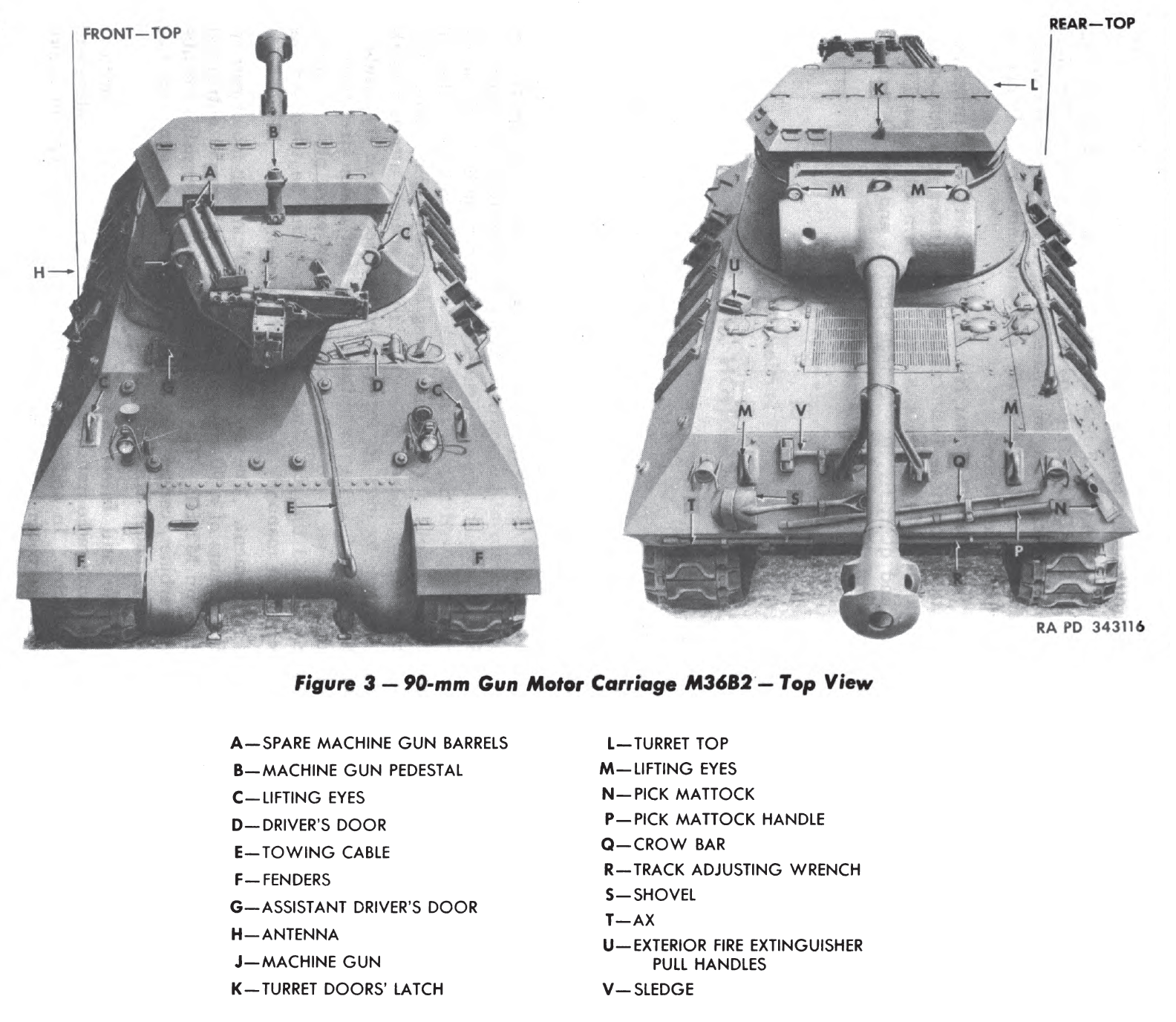
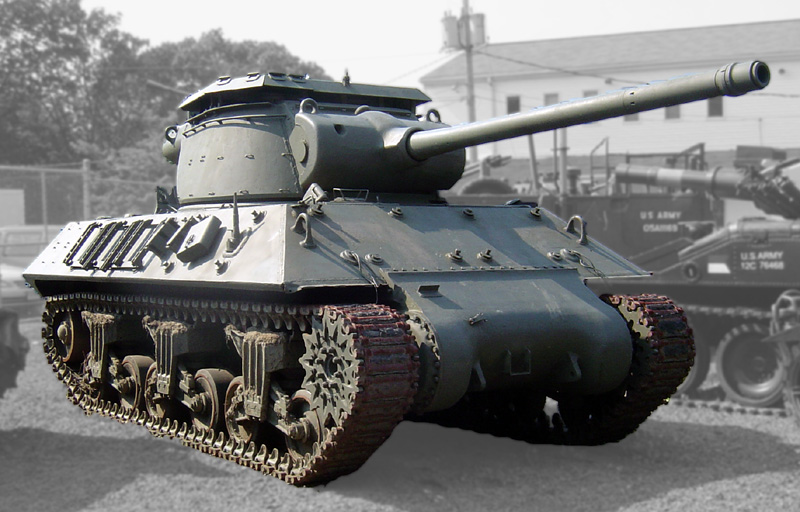
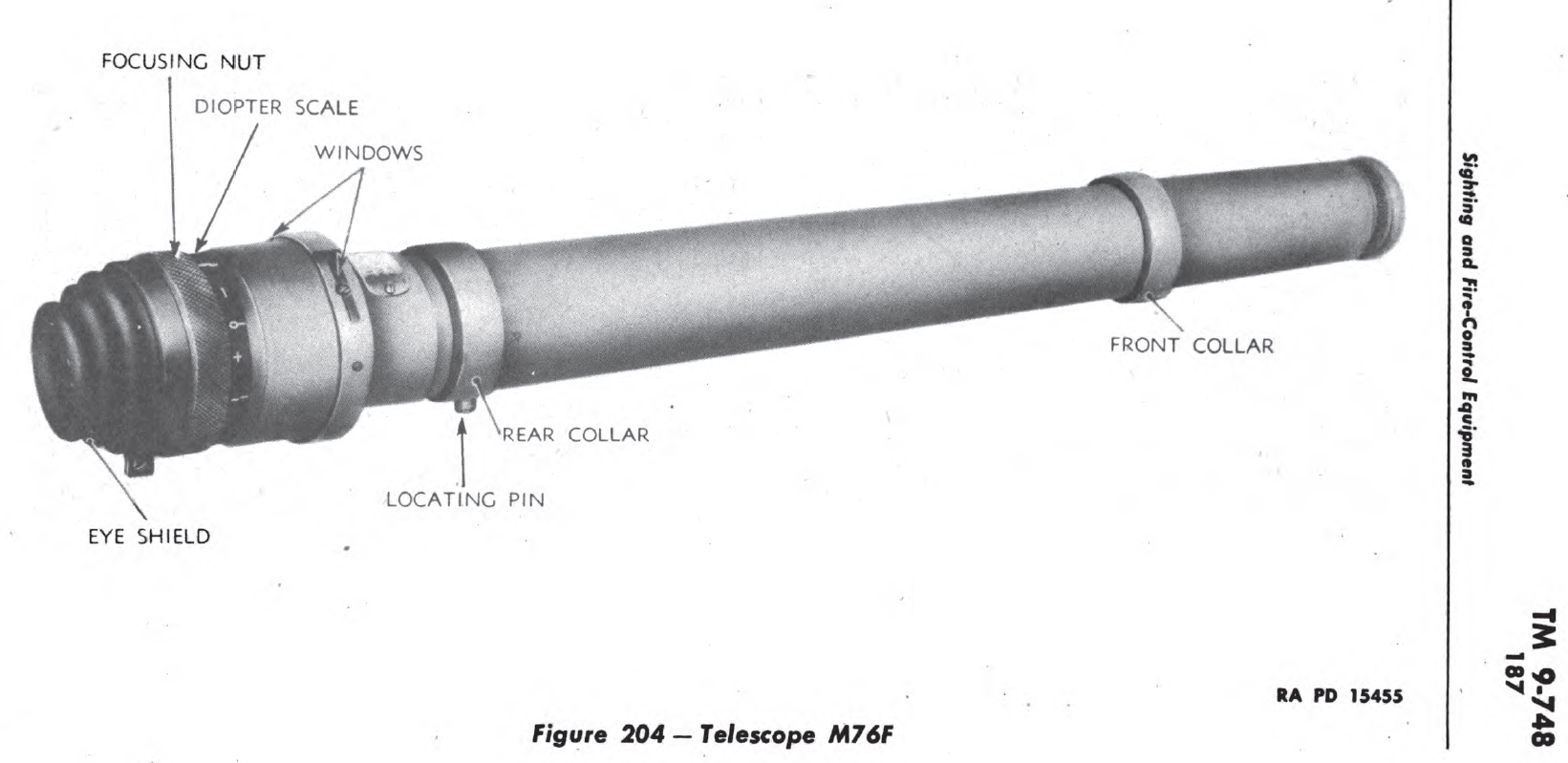
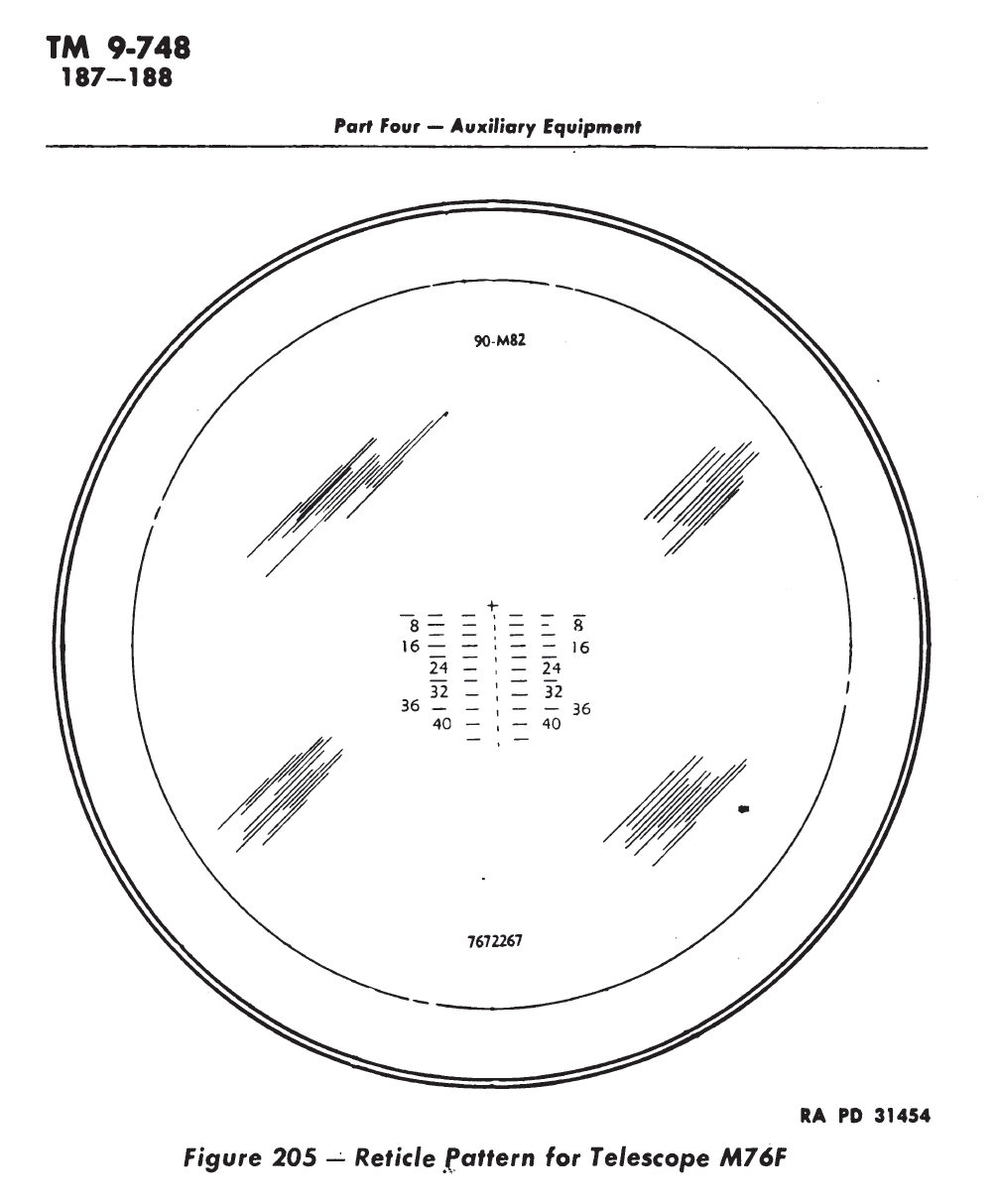
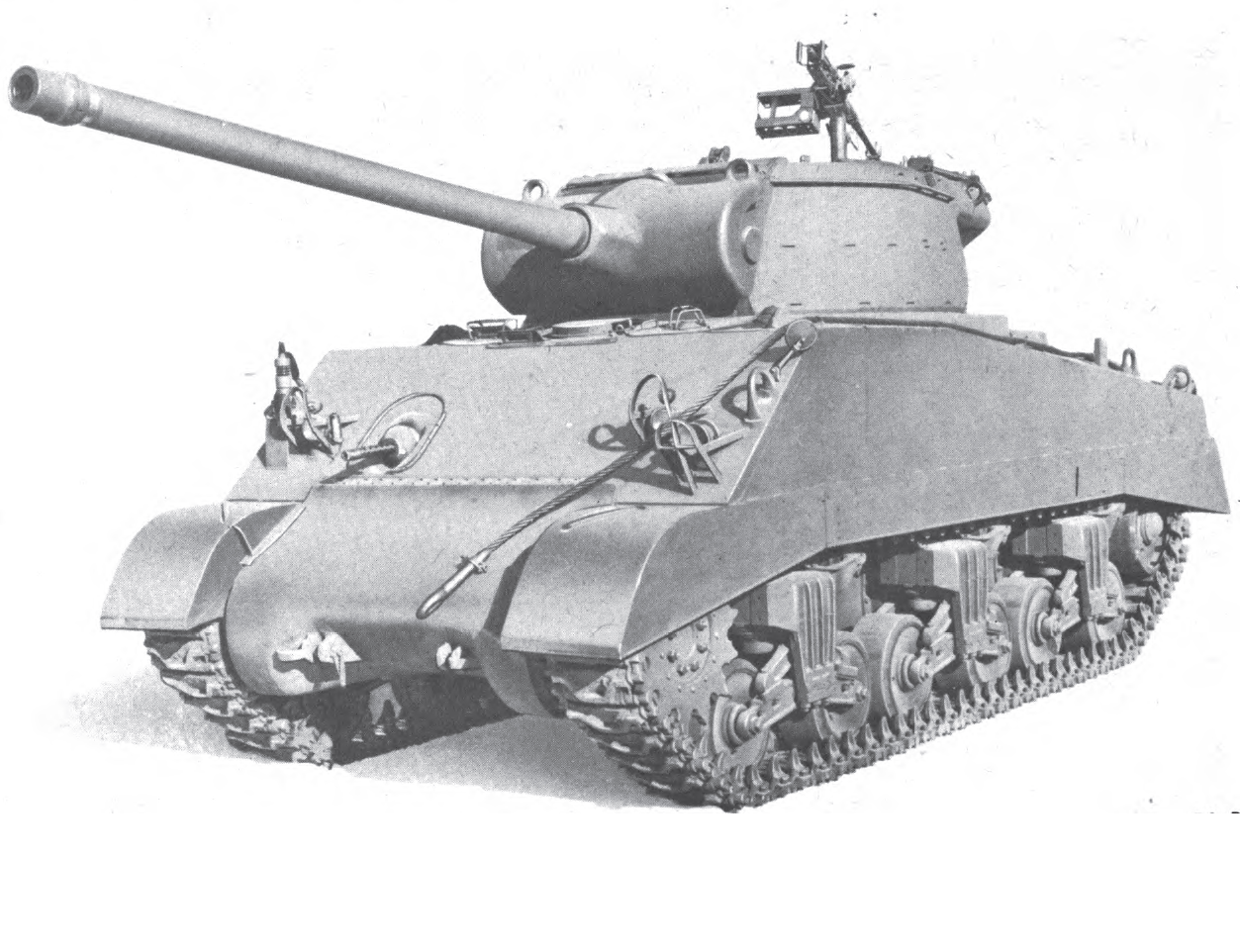
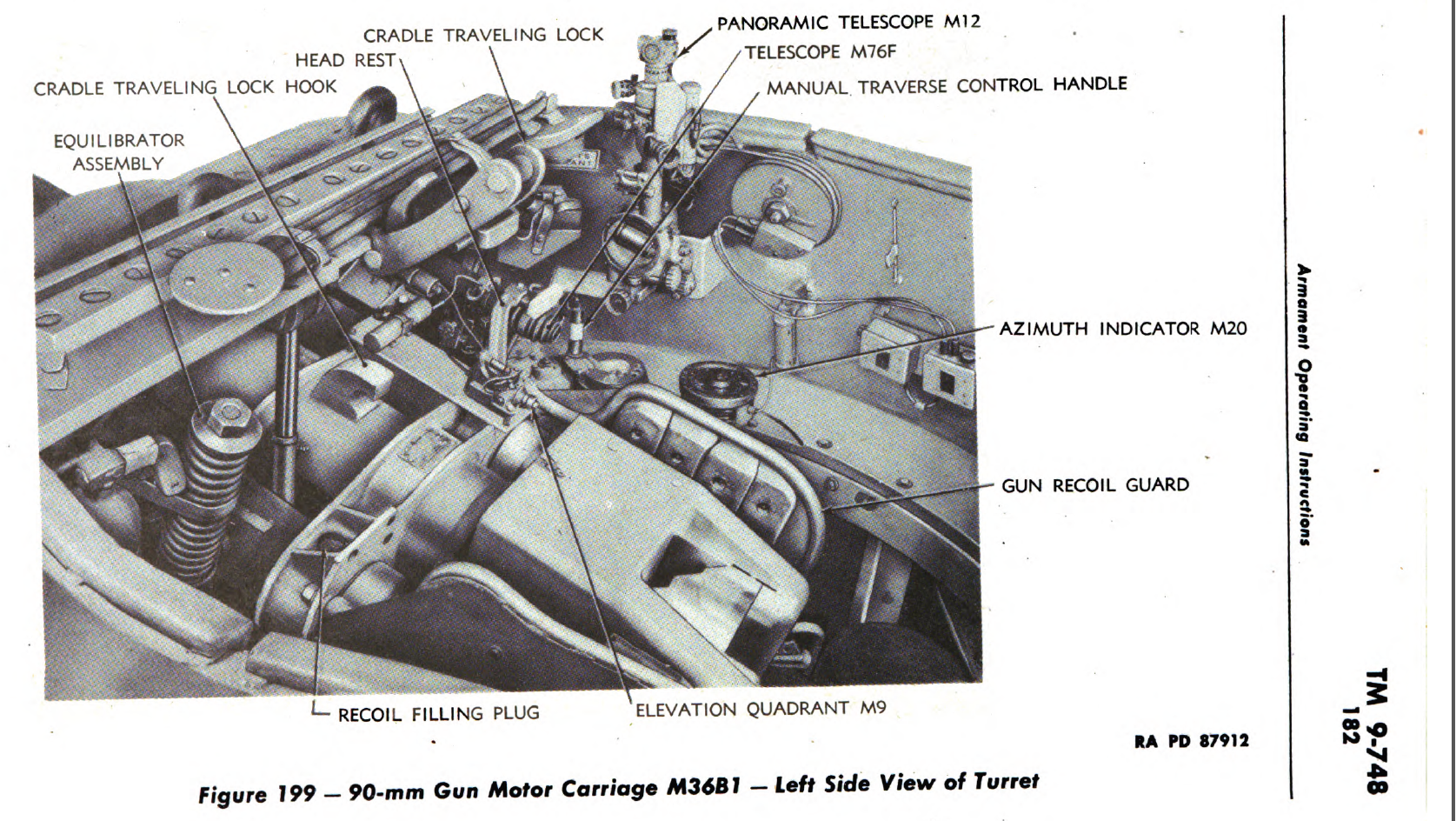
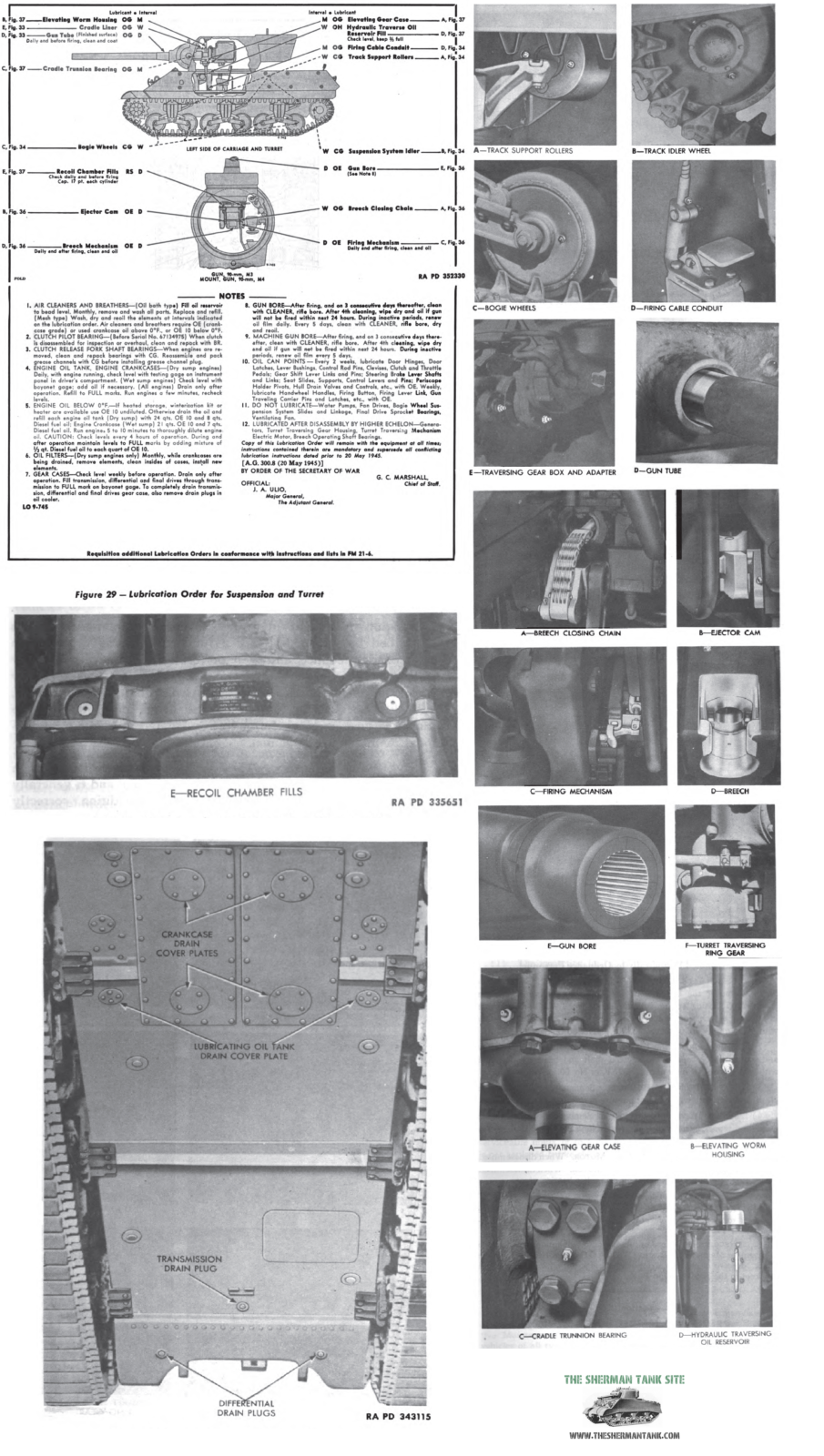
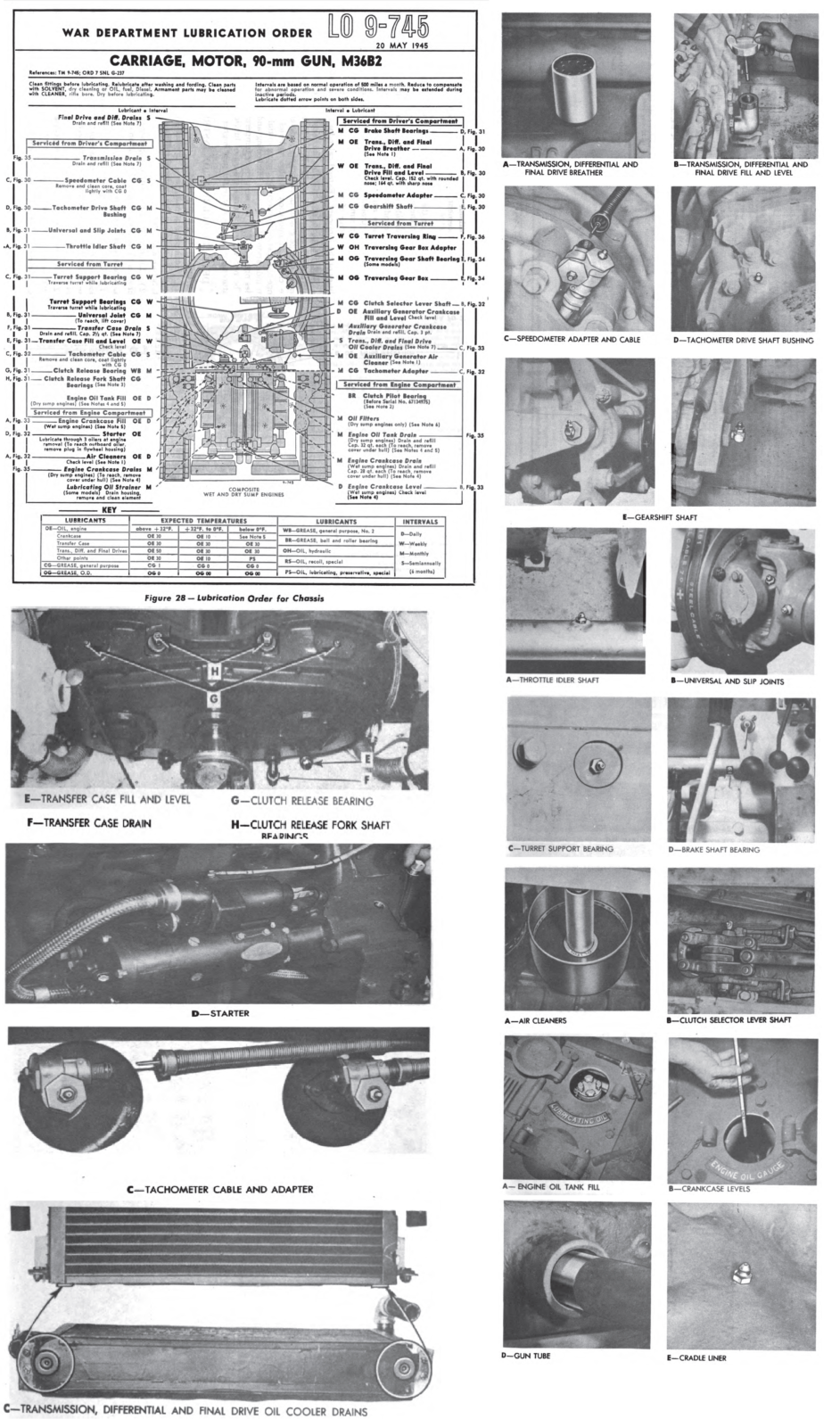
Signal corp photo 1960-80 in this series can be reasonably identified by the unit codes on the rear as: ( Left to right as viewed)
“1A 664TD” (1st Army, 664th Tank Destroyer Battalion) “C-24” (Company C, vehicle #24)
It should also be noted that there is a tank destroyer black panther face painted on the intermediate version turret counterweight adjacent to the right thigh of the crewman standing on engine deck.
Image number 7 is actually an M36. You can see the curved turret side on the right. Too much stowage to see the distinctive bustle, but an M36 for sure! Nice collection of photos. My father was in the 630th TD battalion, and they transitioned from 3″ towed guns to M36s in early 1945. Company A had a distinctive “Panther” face painted on the turret bustles.
Good Eye Stephen!
So where did we get this stupid idea that tanks weren’t supposed to fight other tanks, that this was the roll of Tank Destroyers?
I bet it was the Germans!
That’s what they believed in 1940. Each Panzer Divisions had a Tank Destroyer Battalion composed of cobbled together turretless tanks with guns only slightly more powerful than the 37mm in what was their main battle tank then the 38T.
There are a lot of parallels between how the Germans fought their tanks in 1940 and what we were trying to do in 1942.